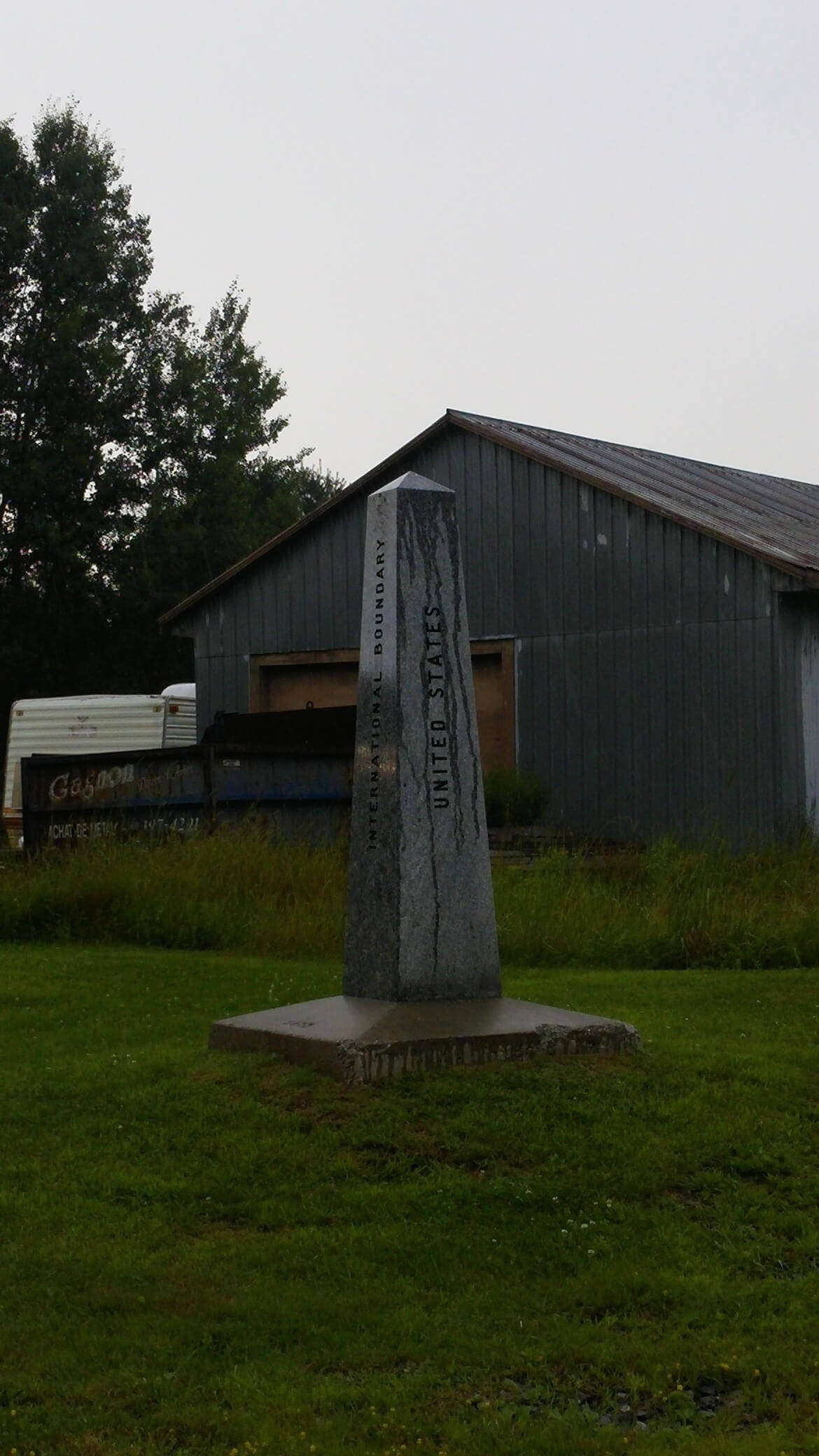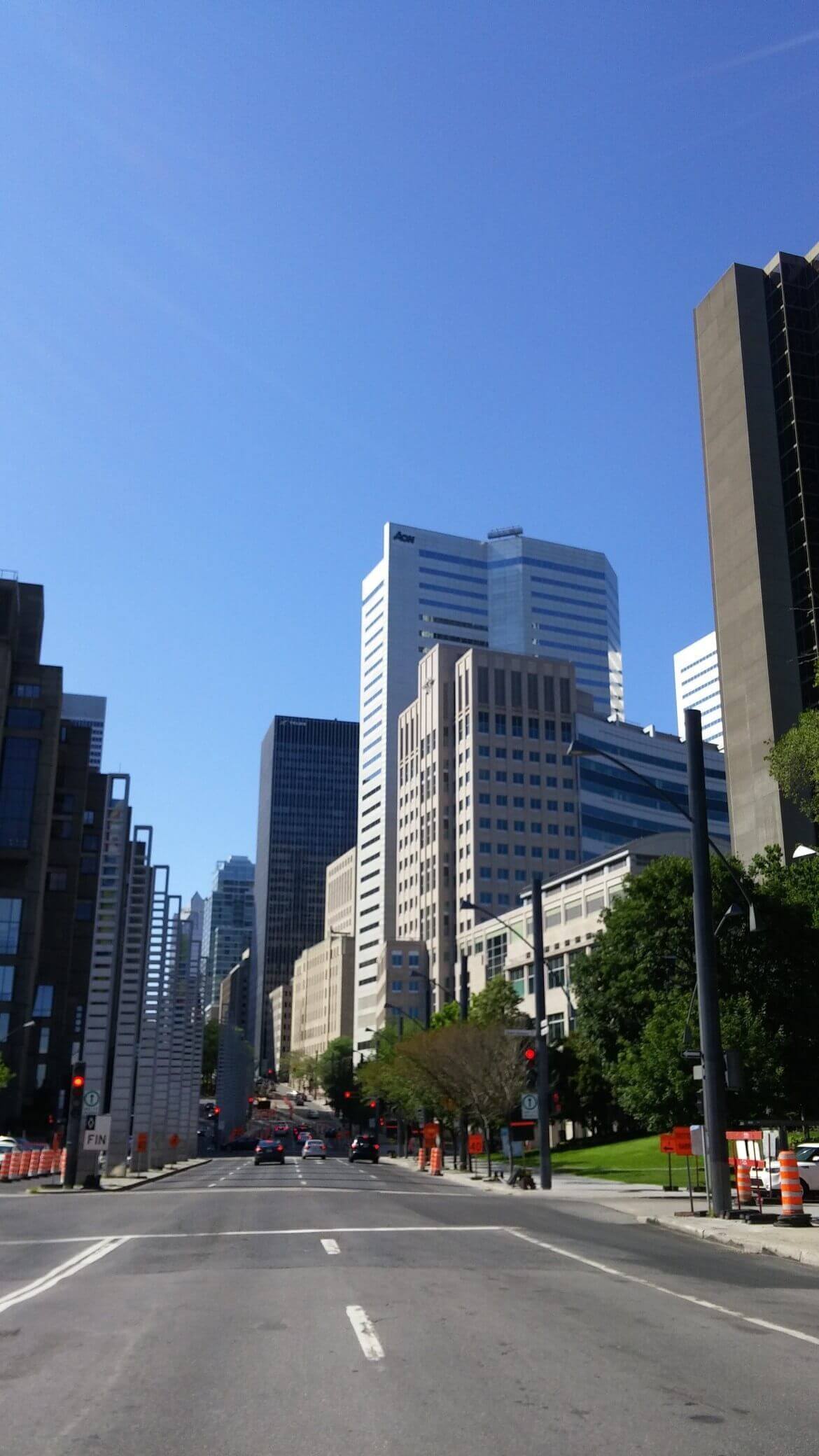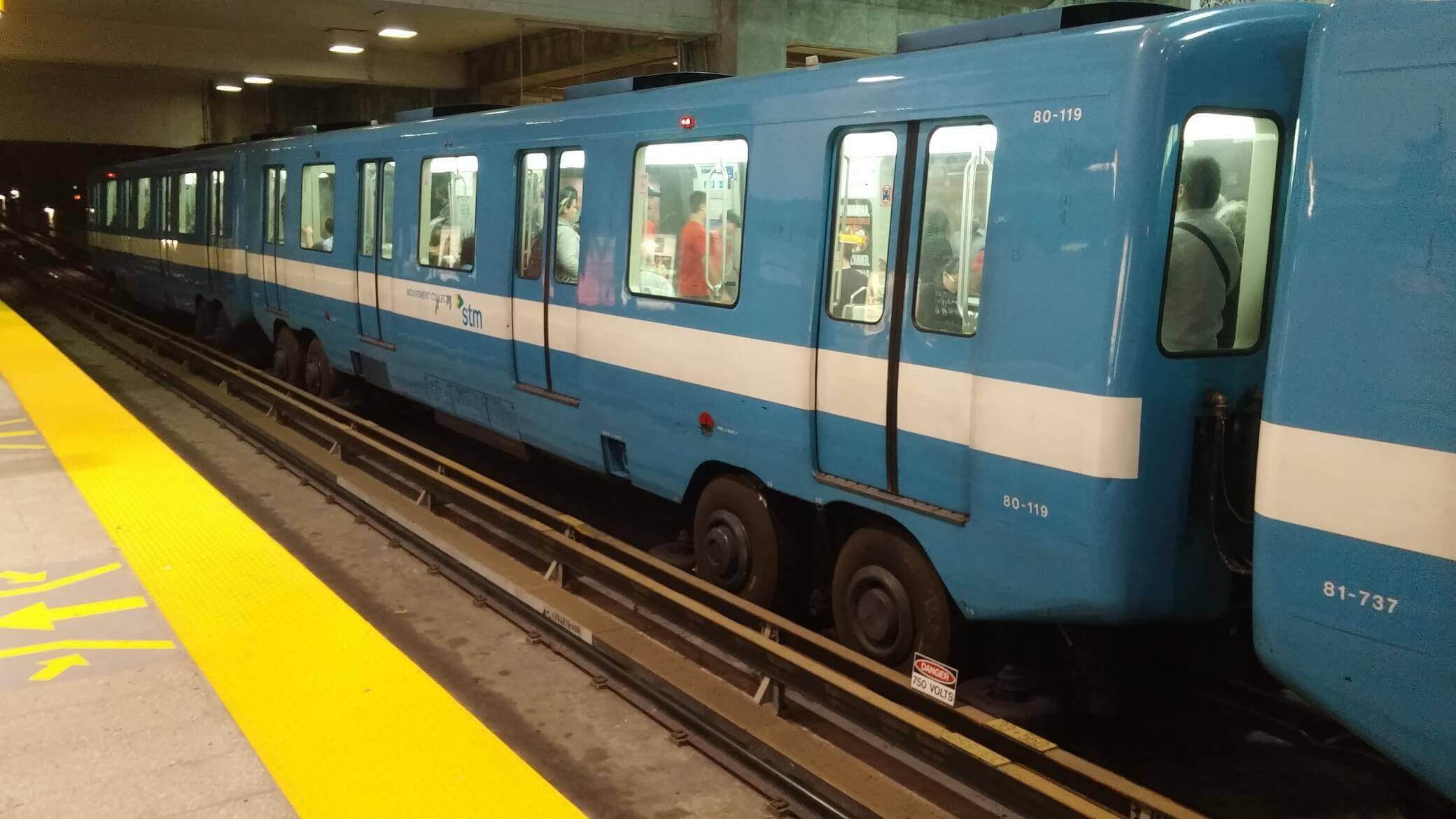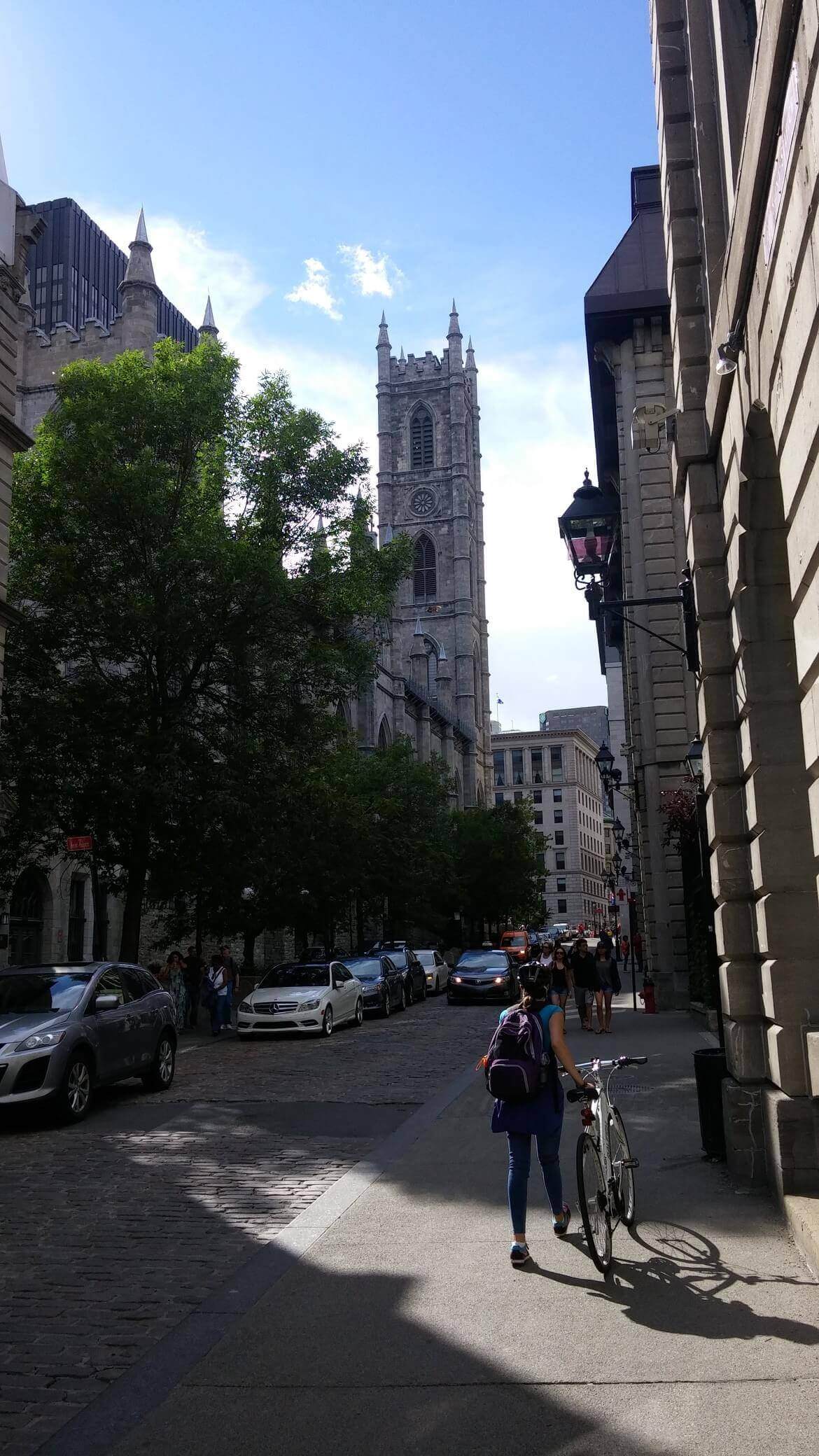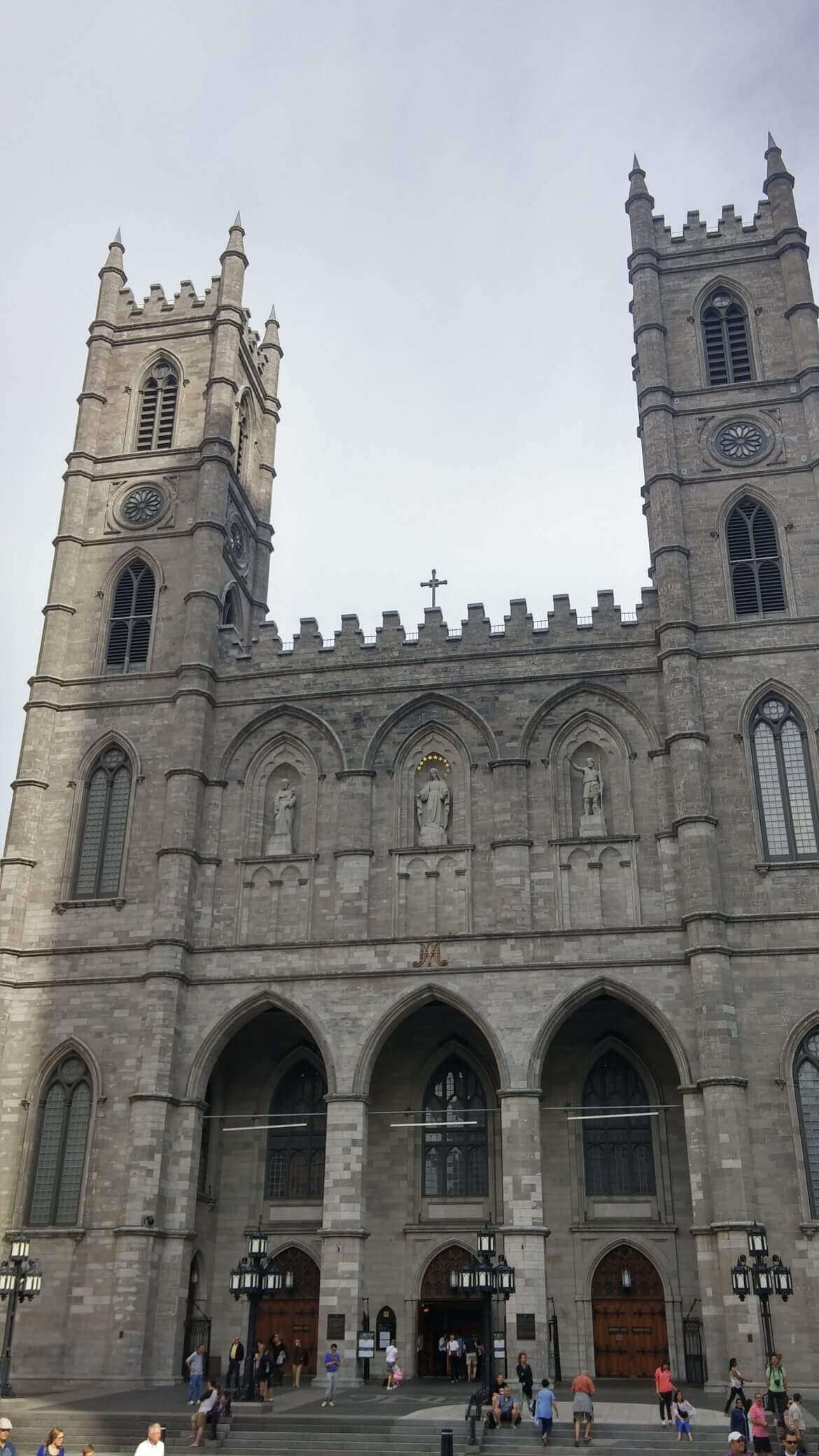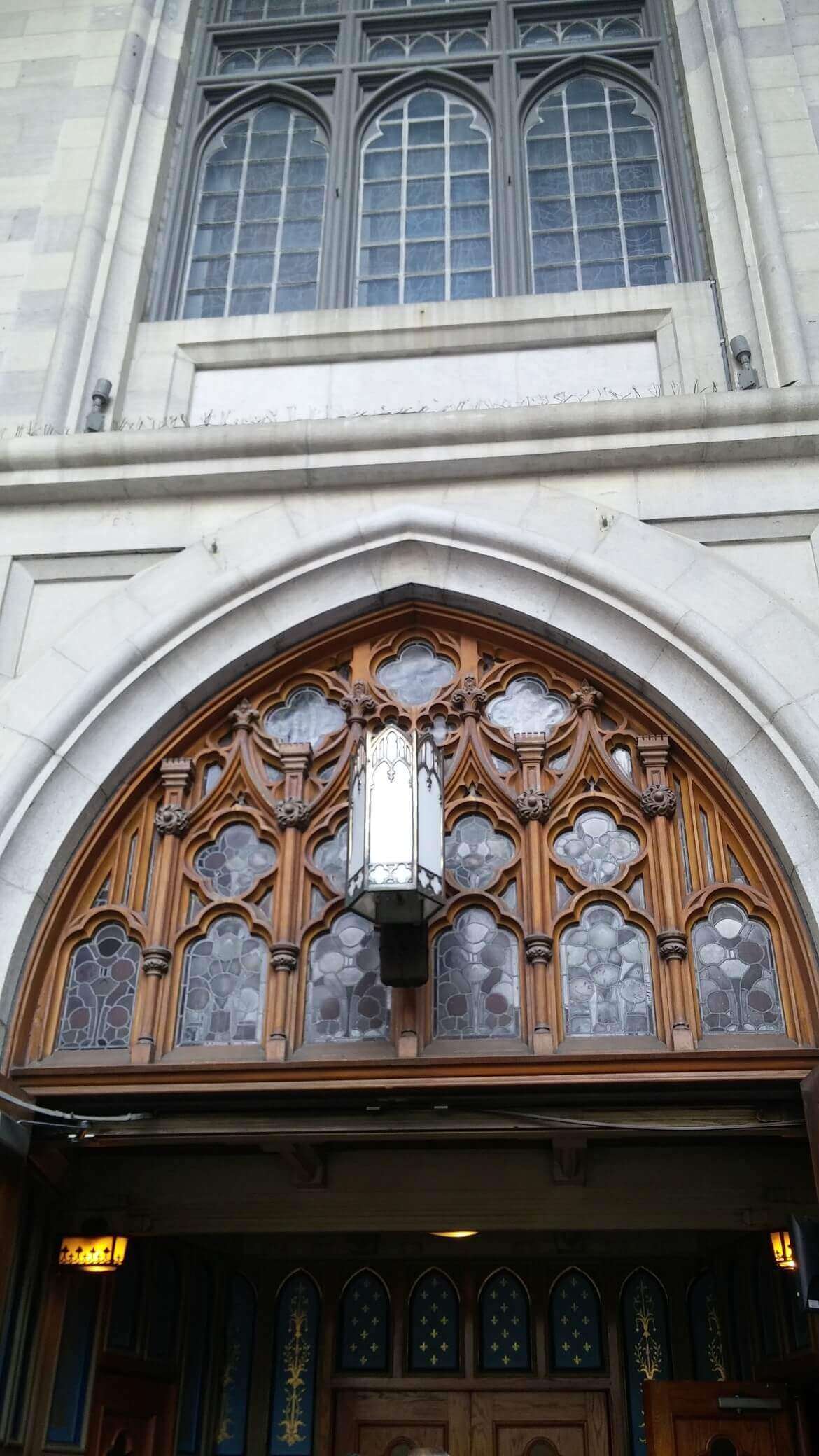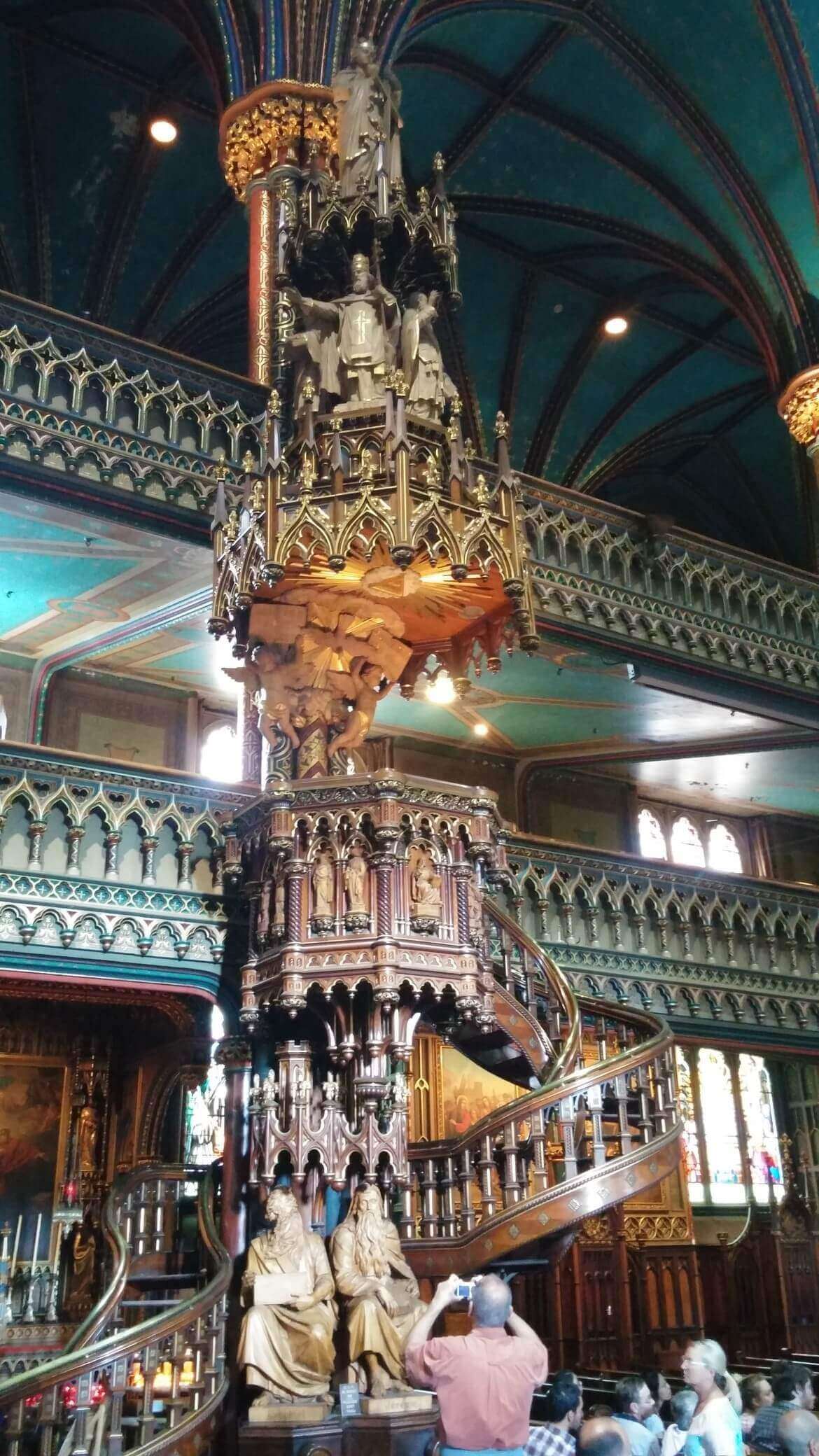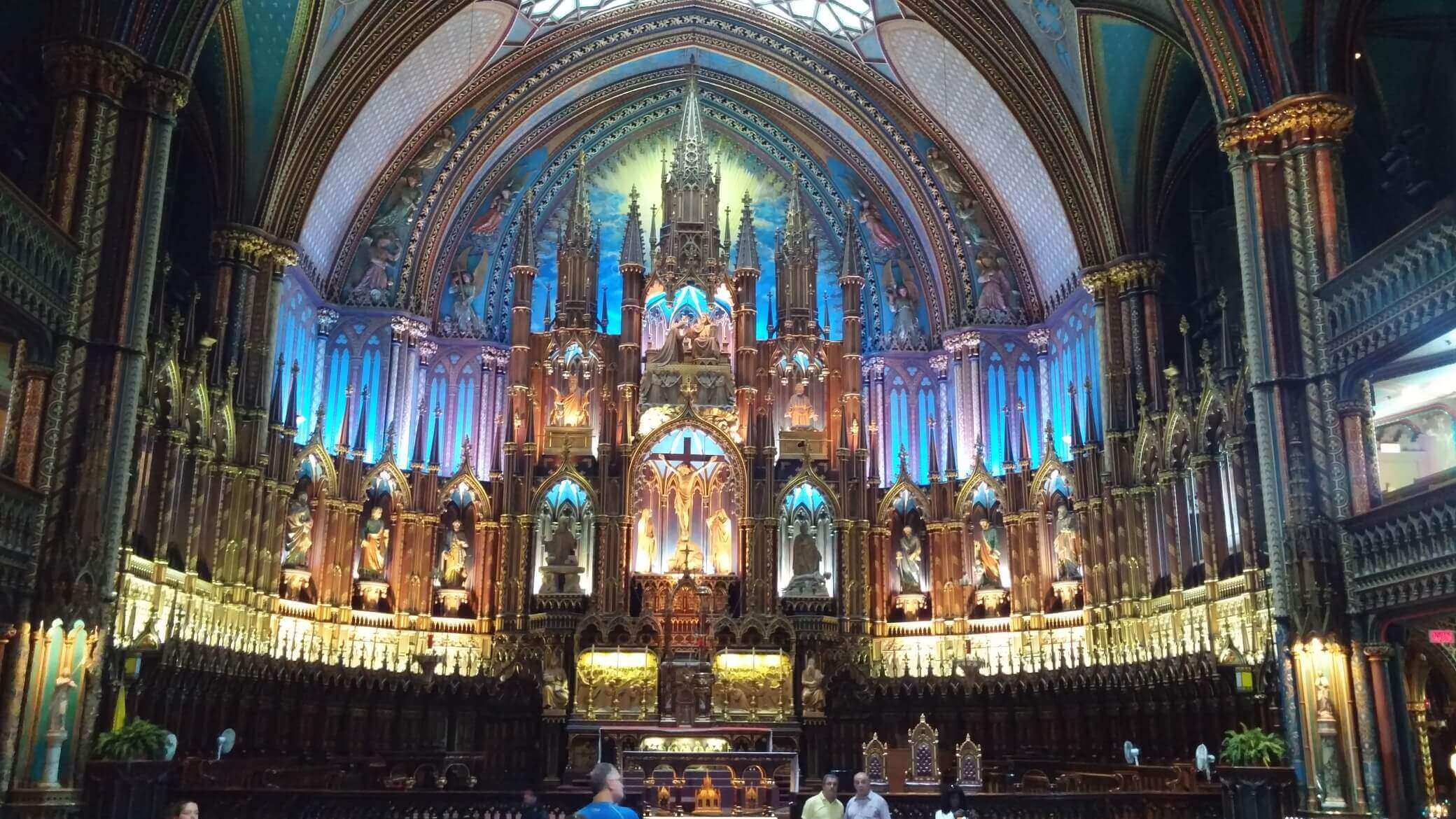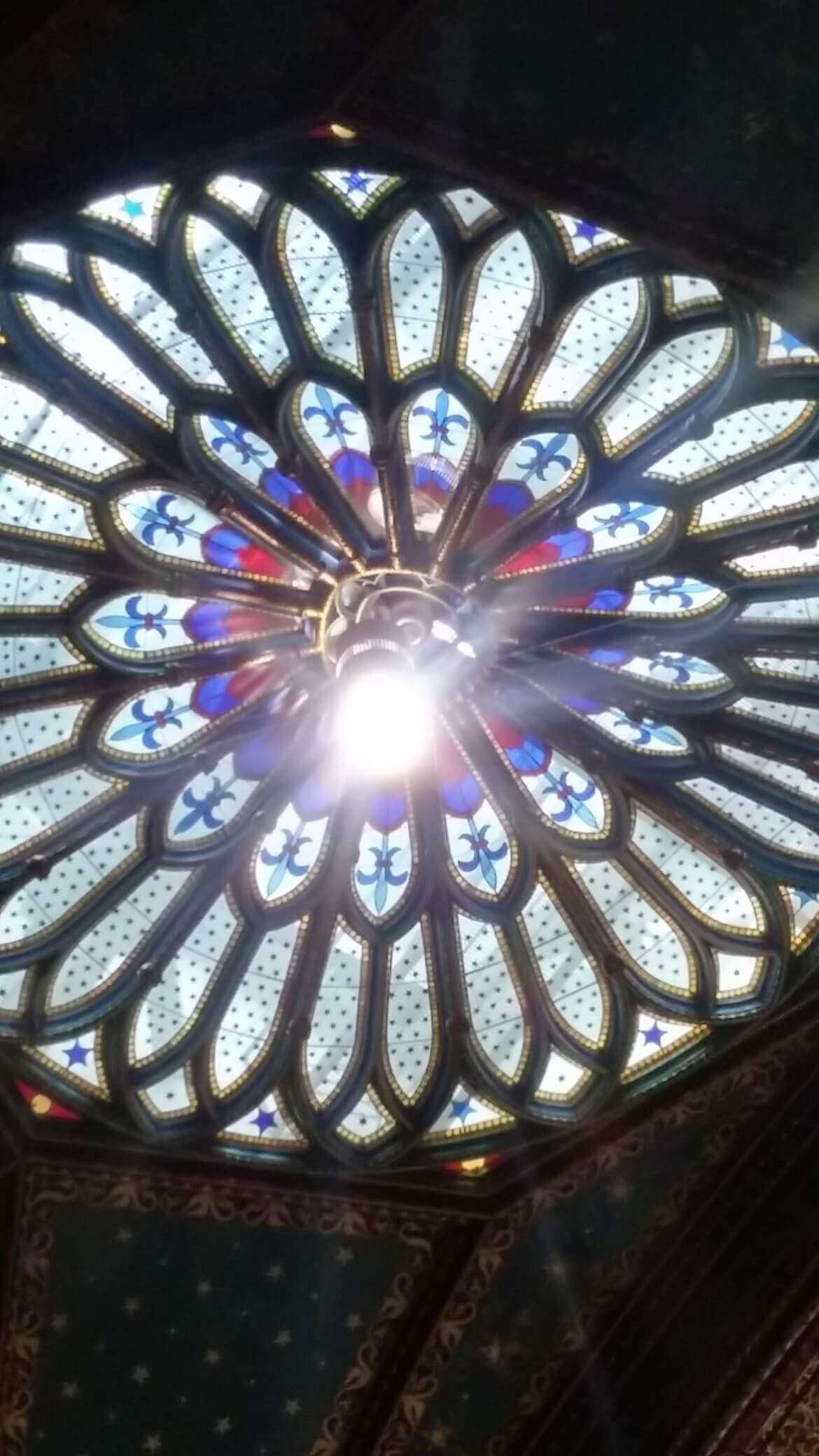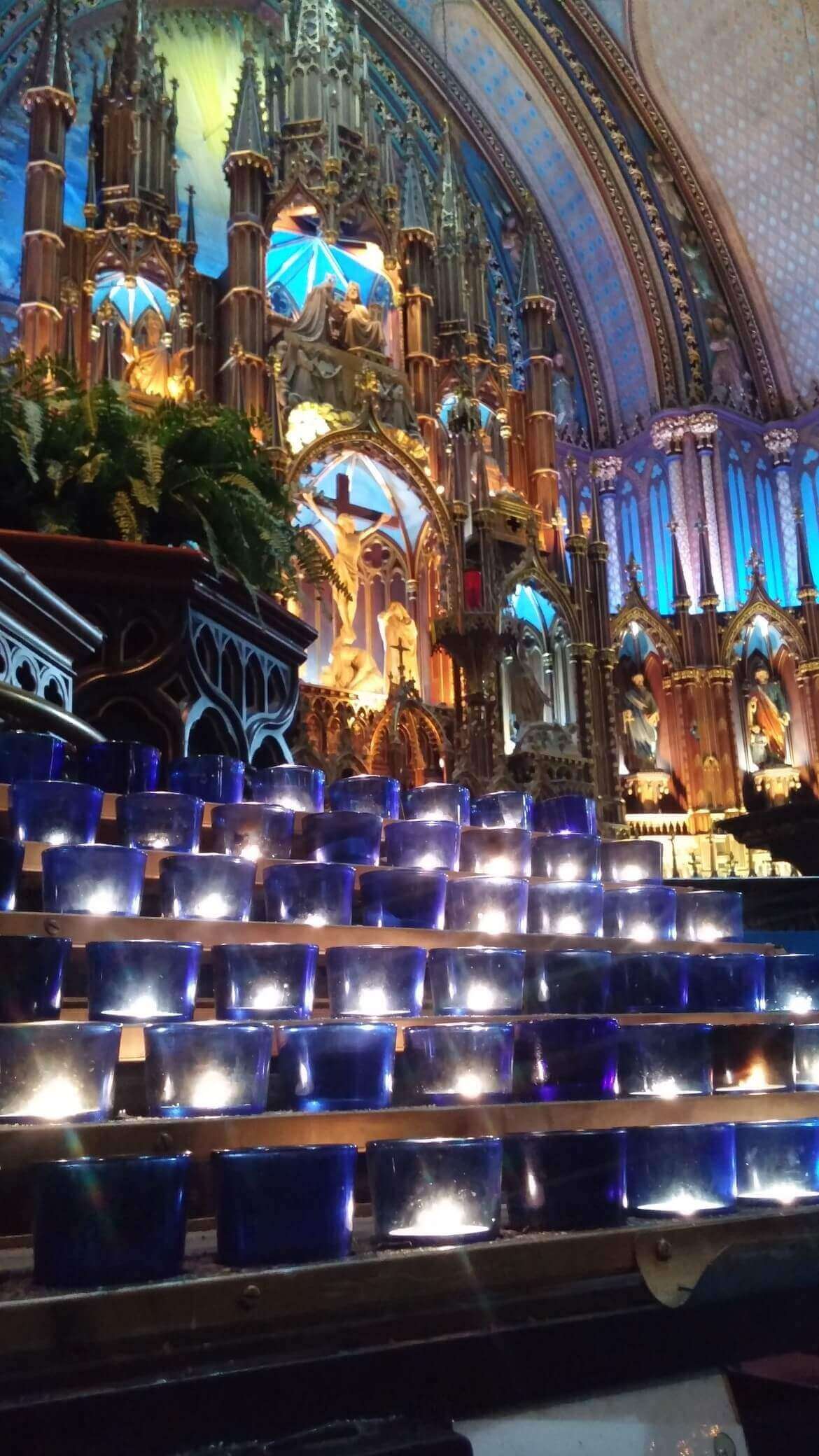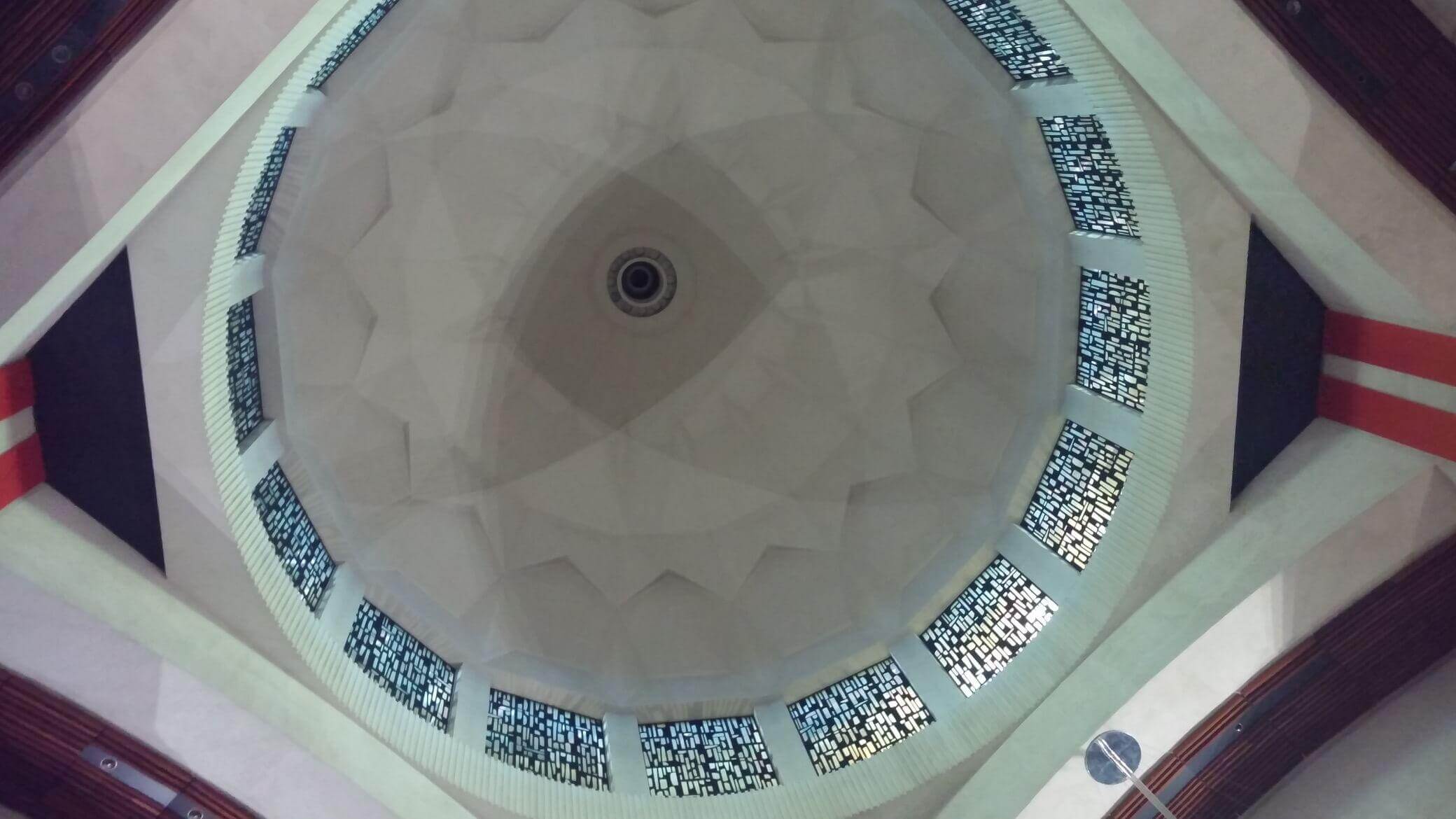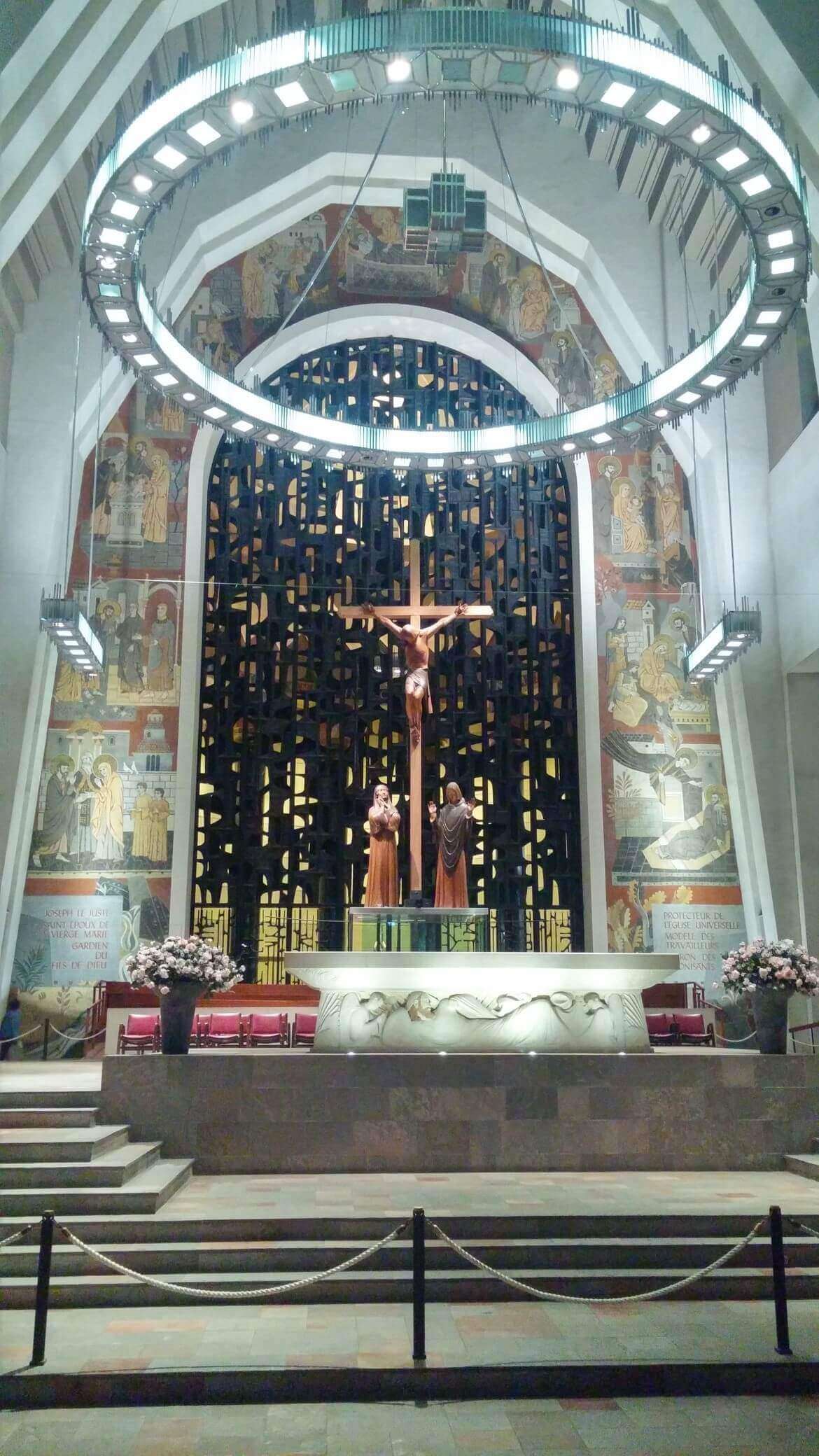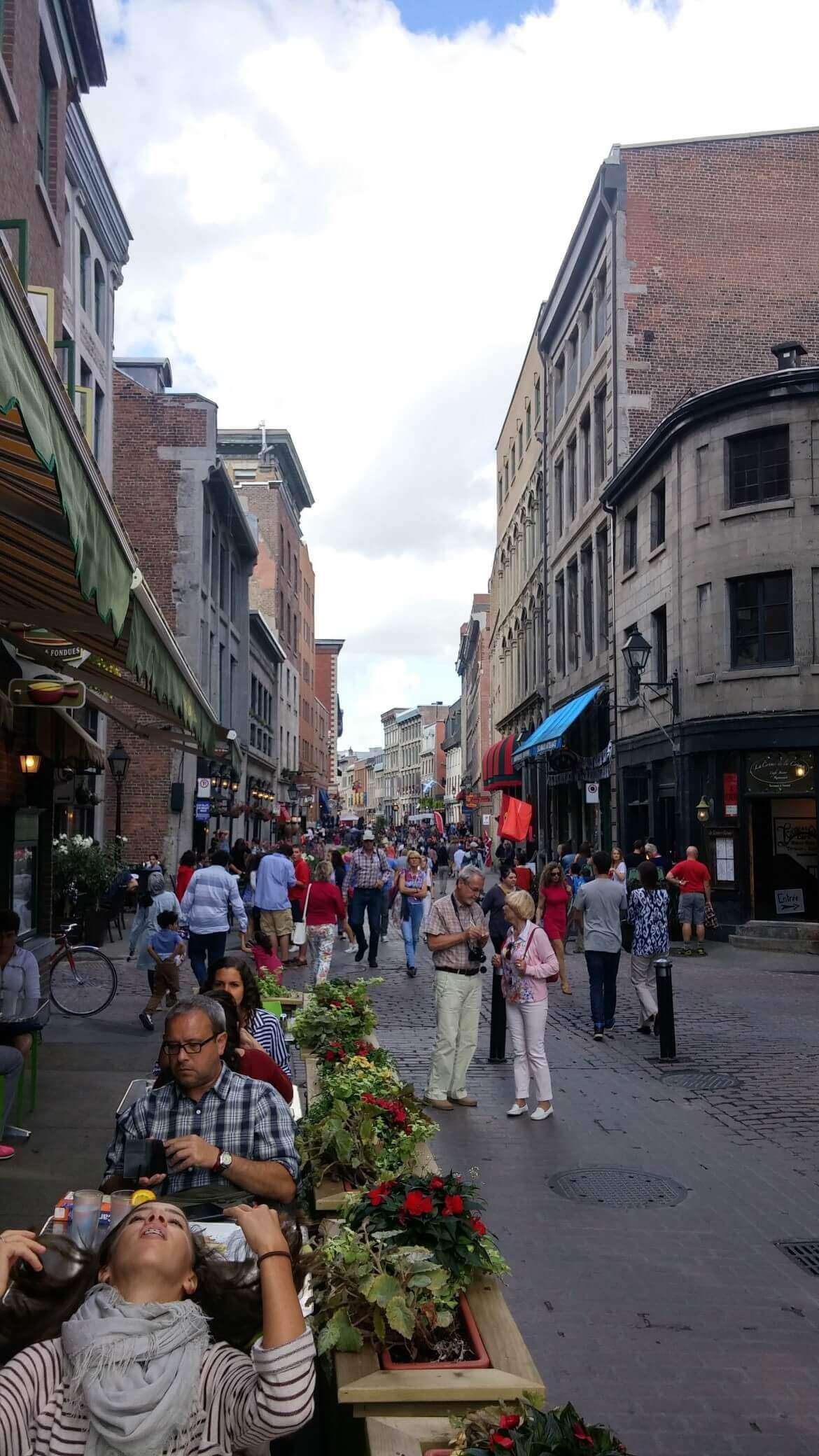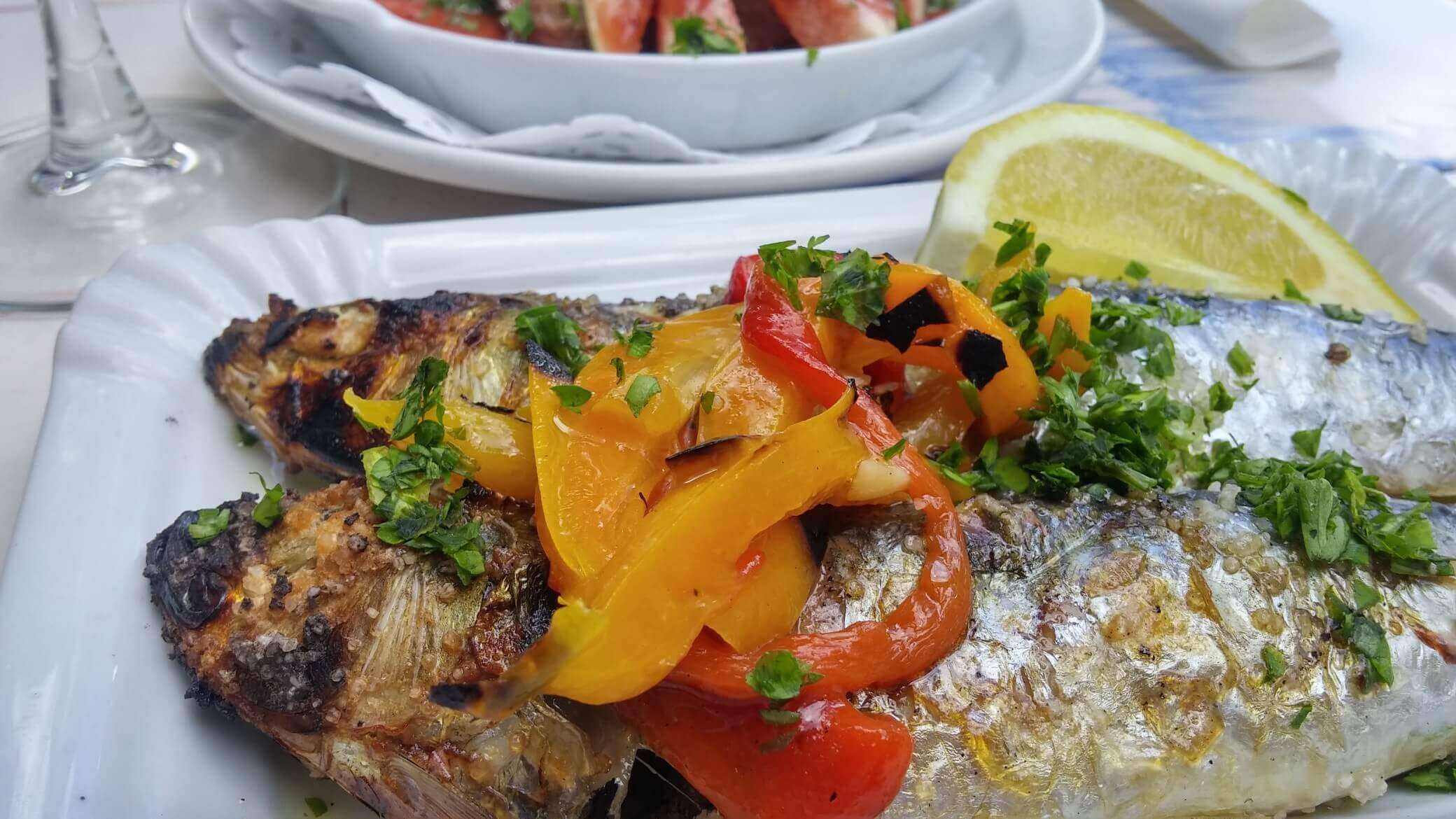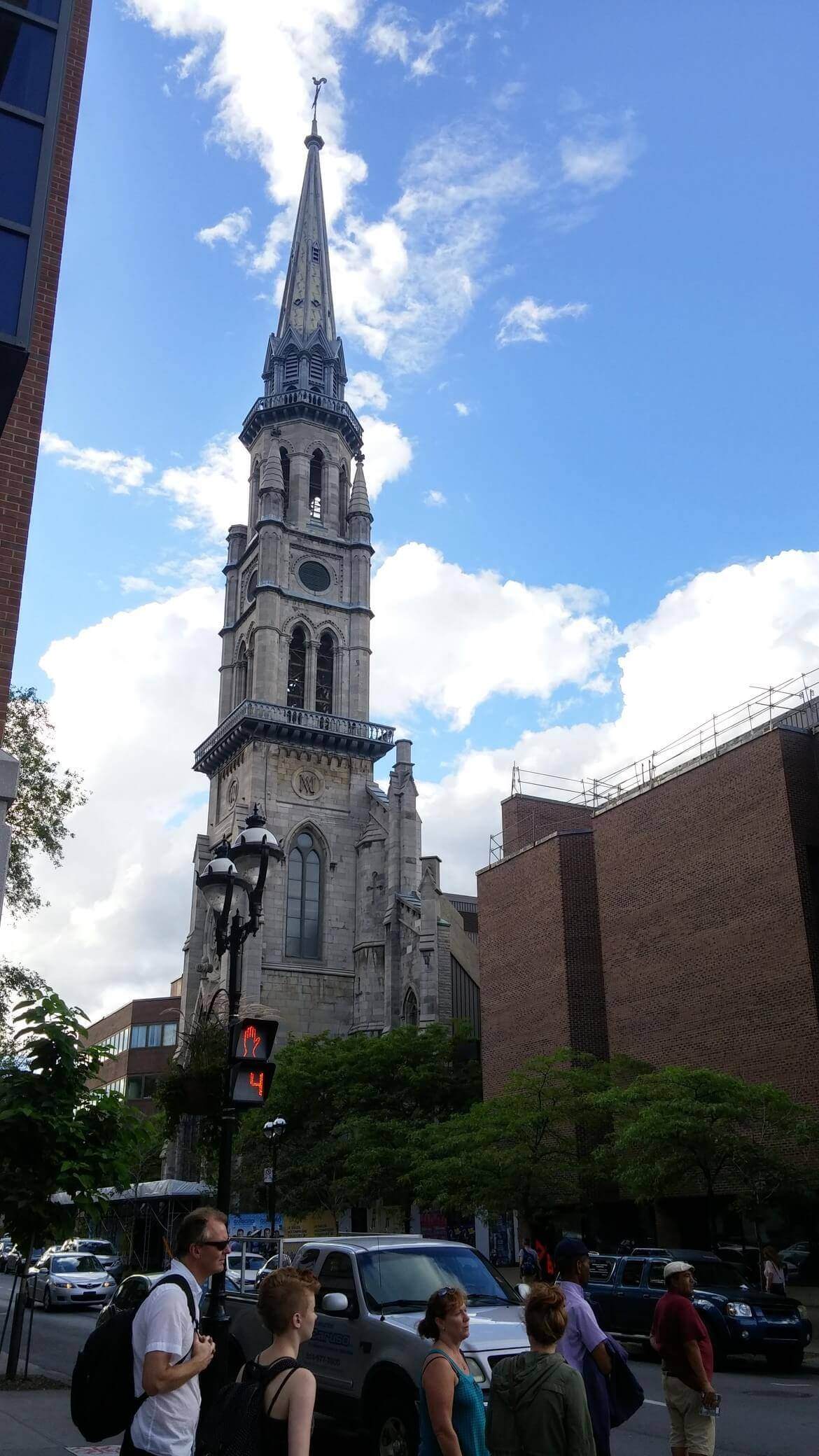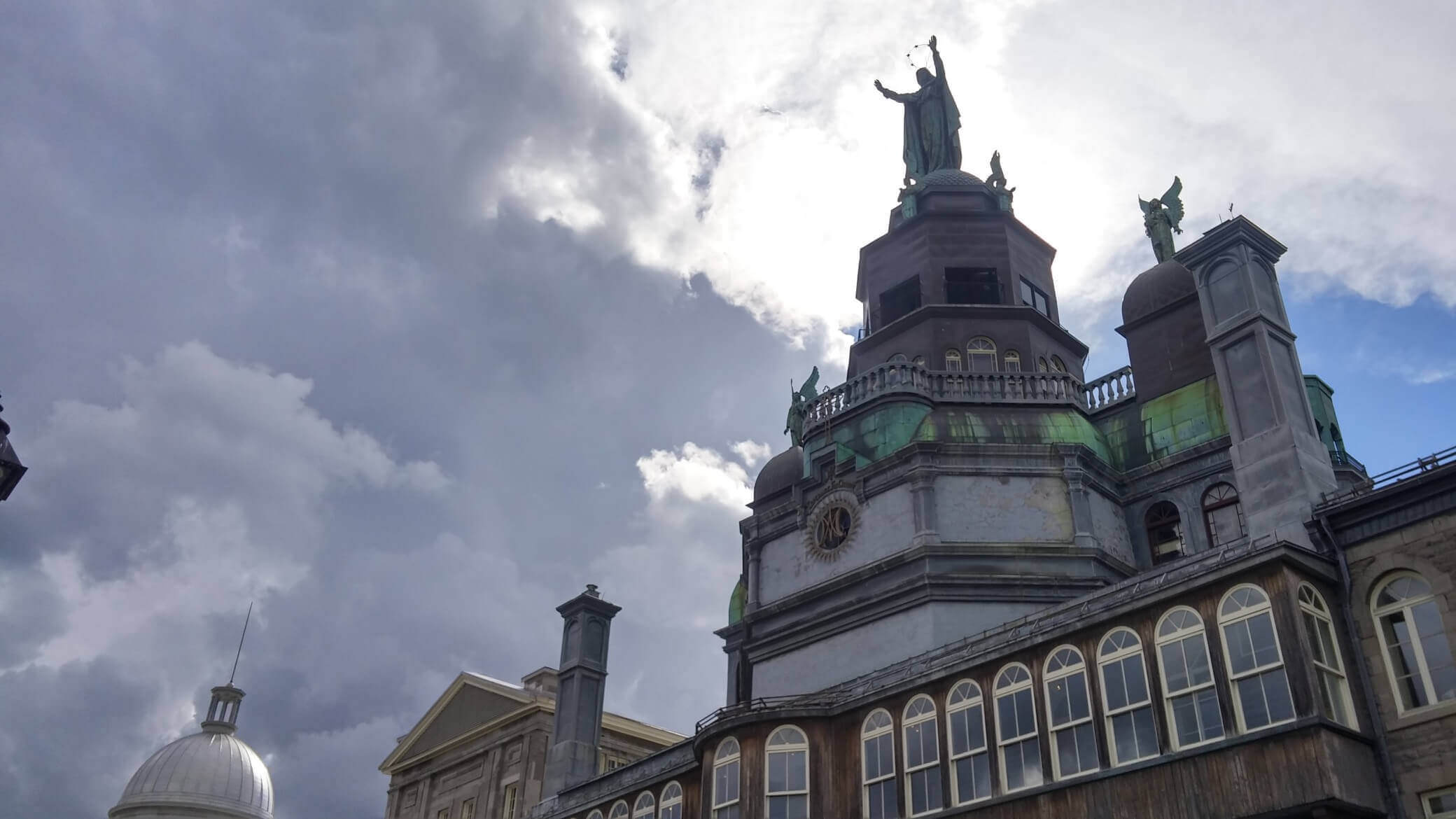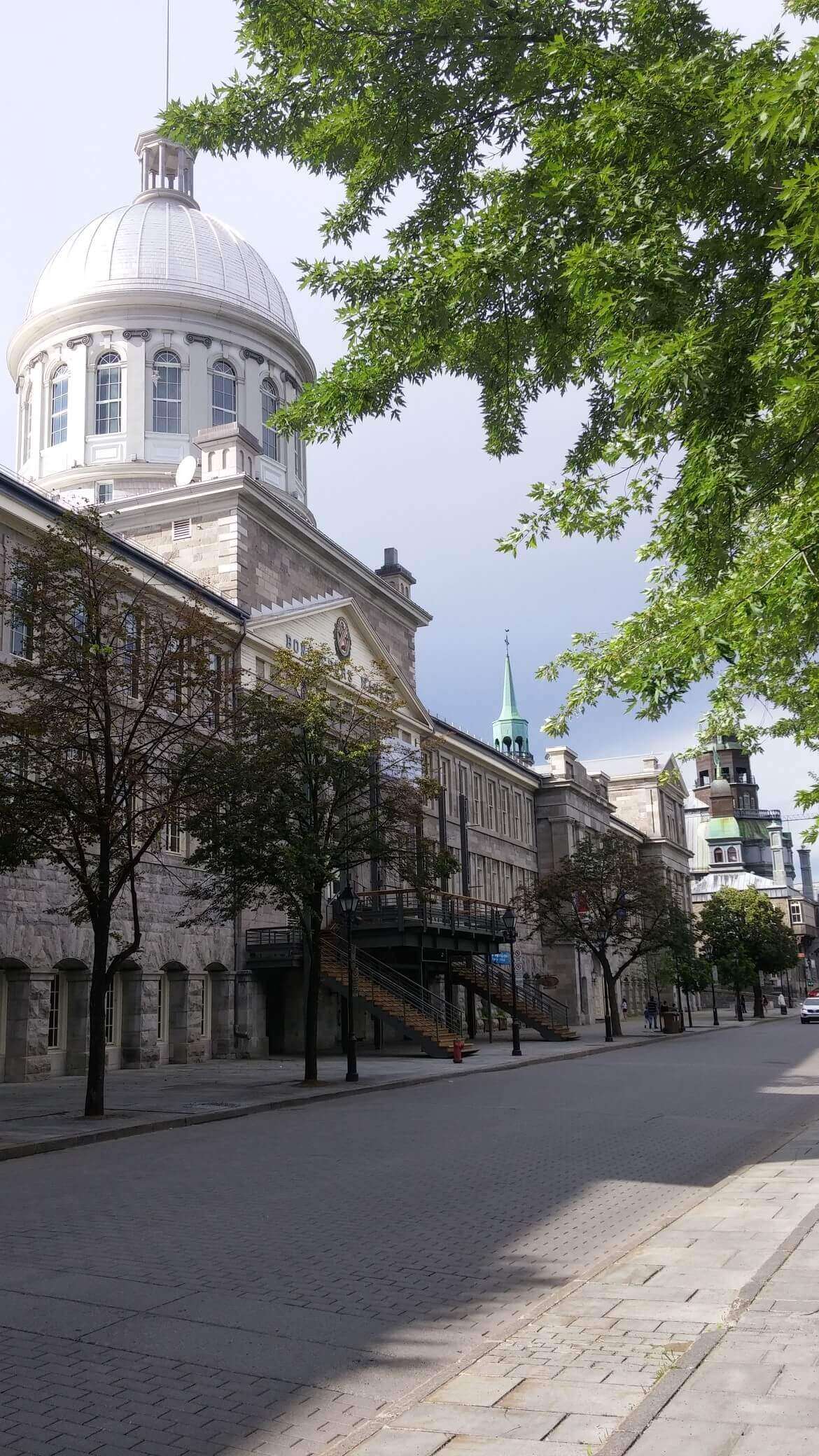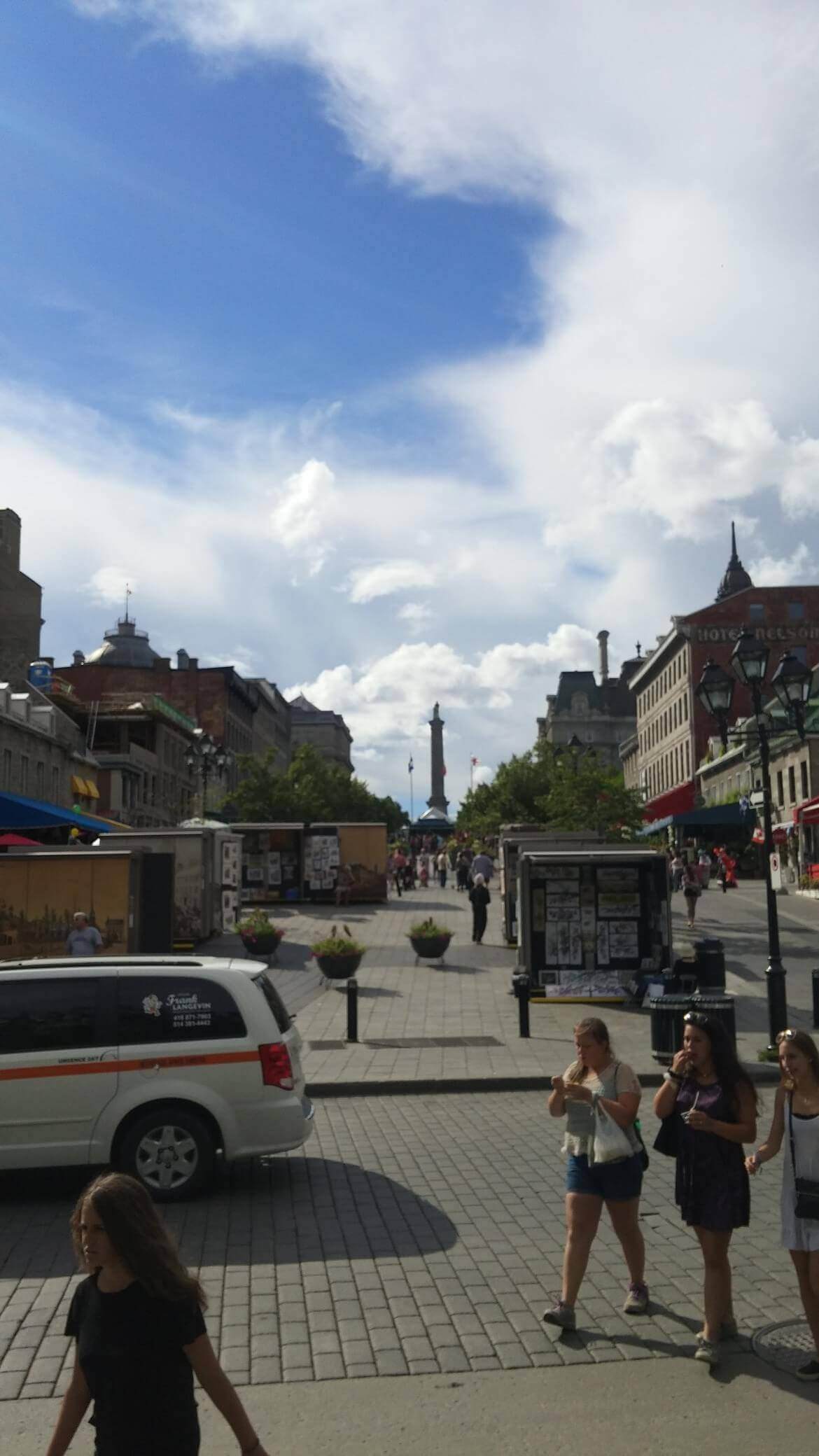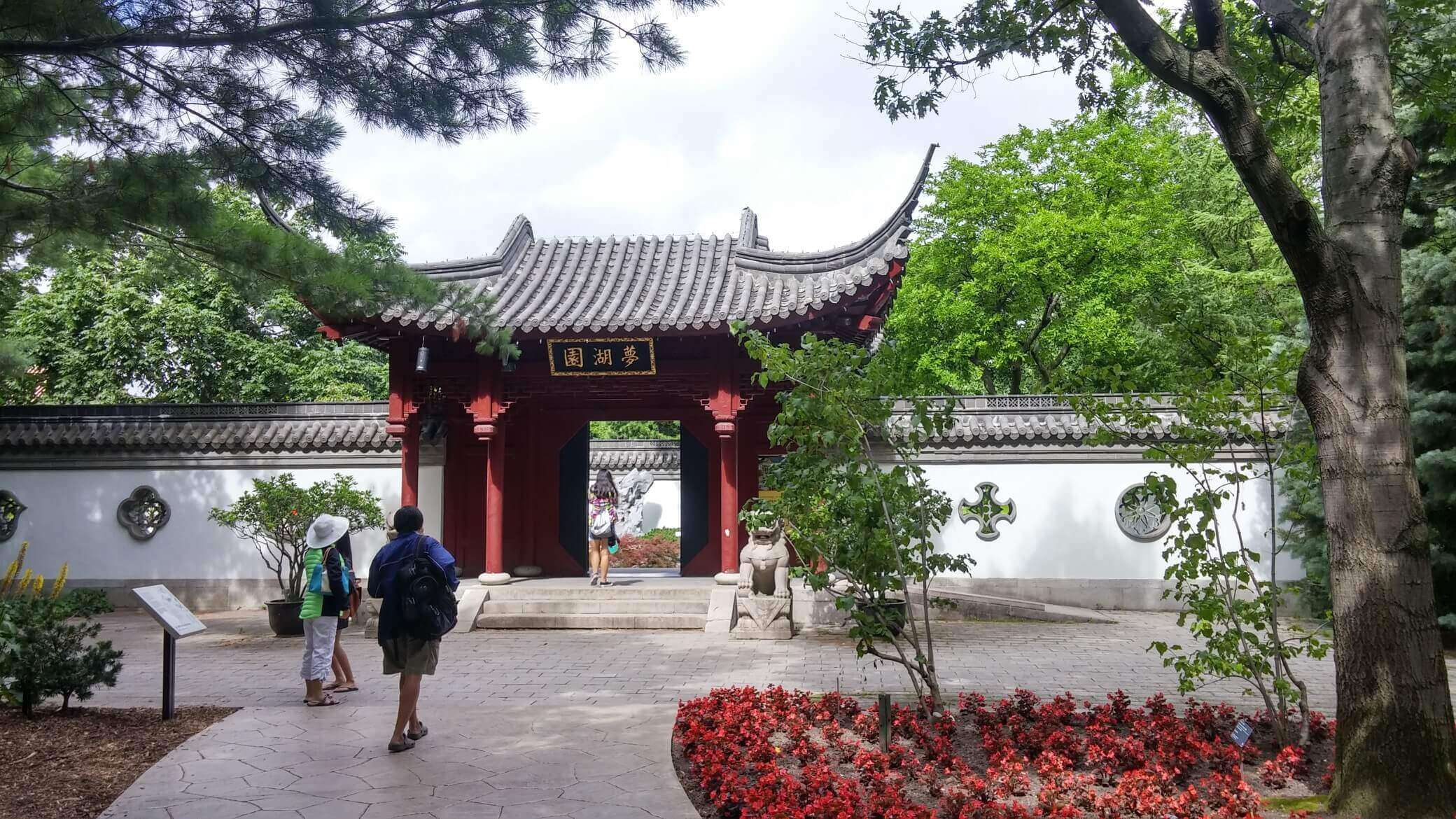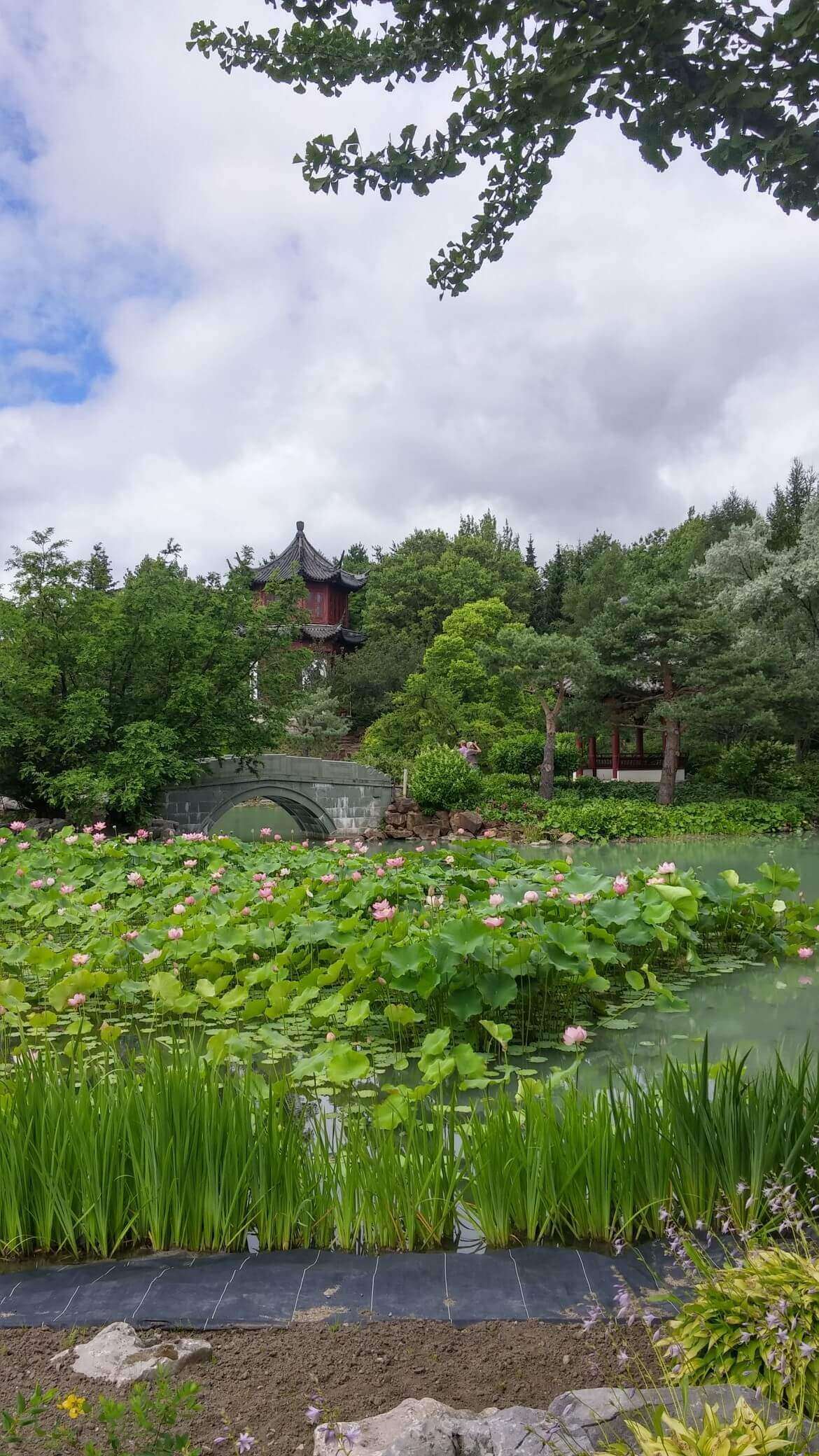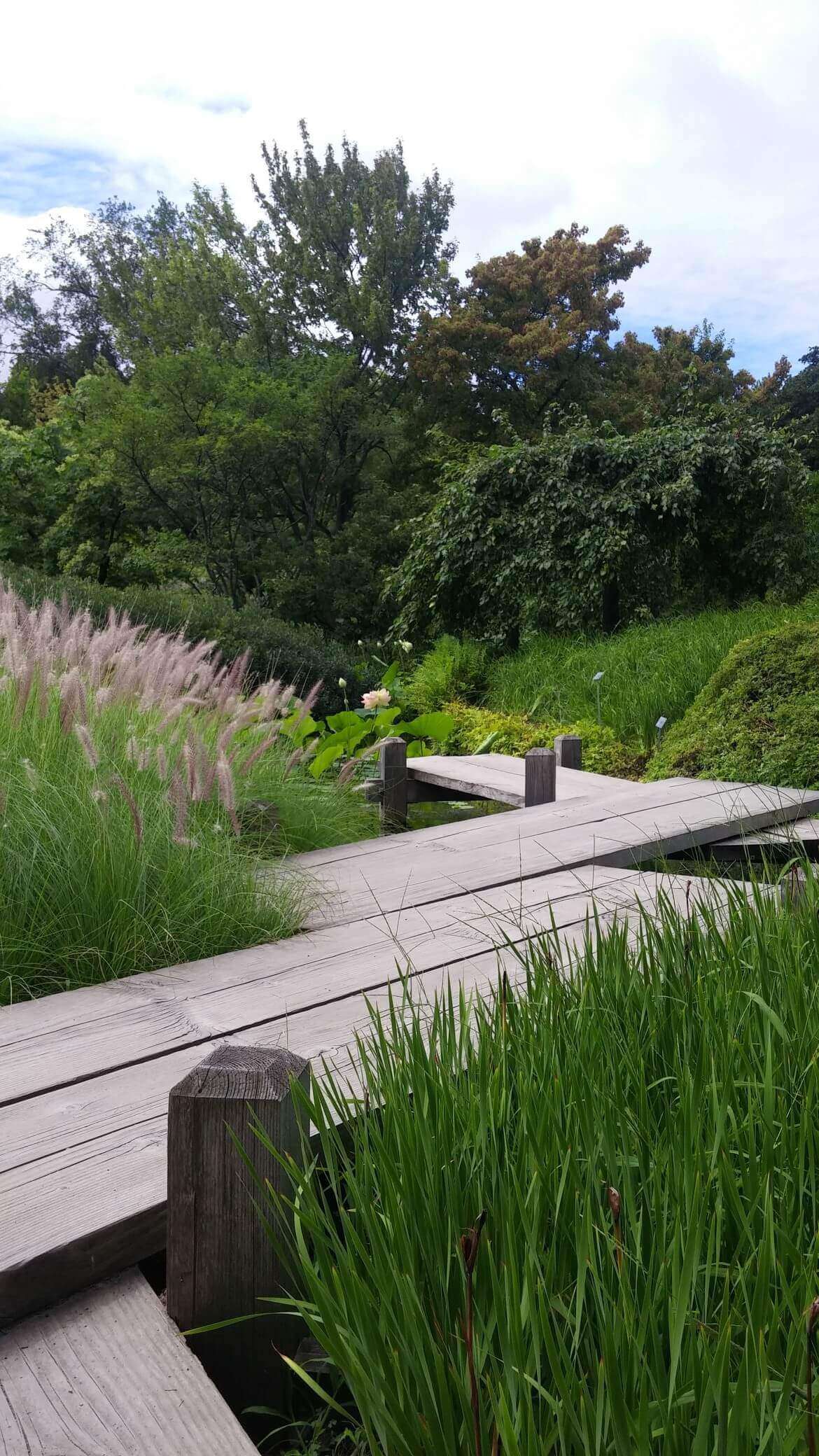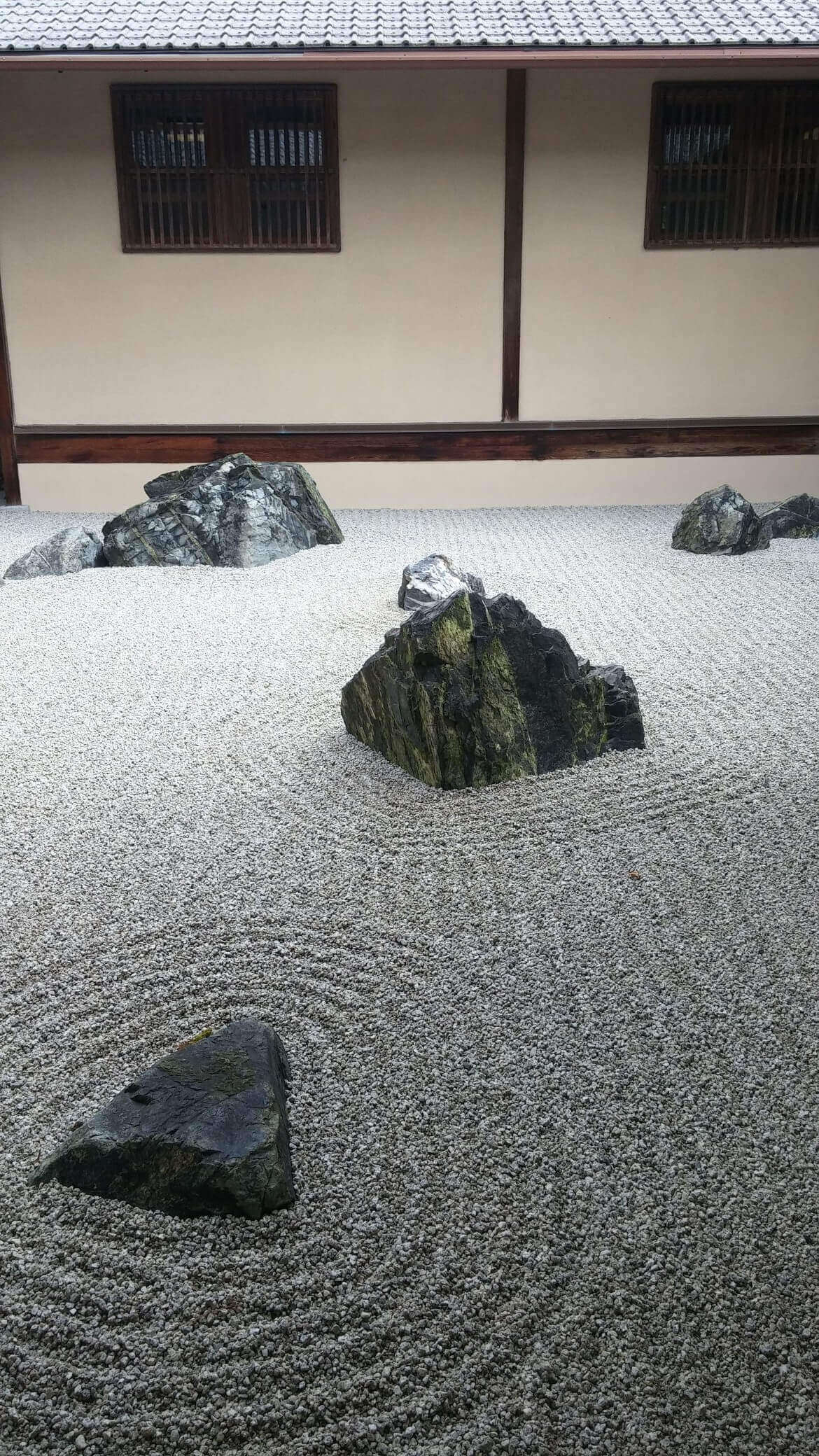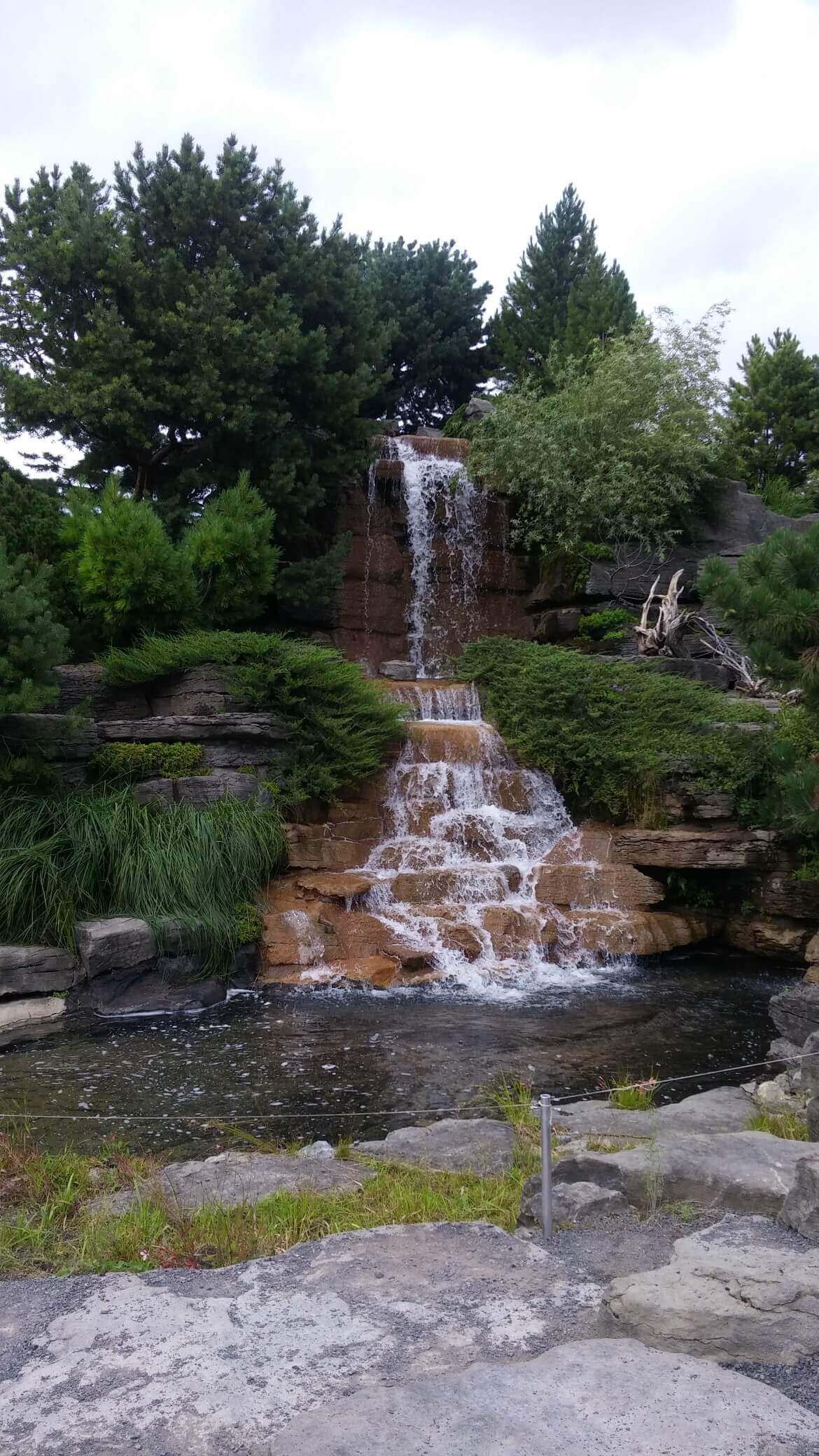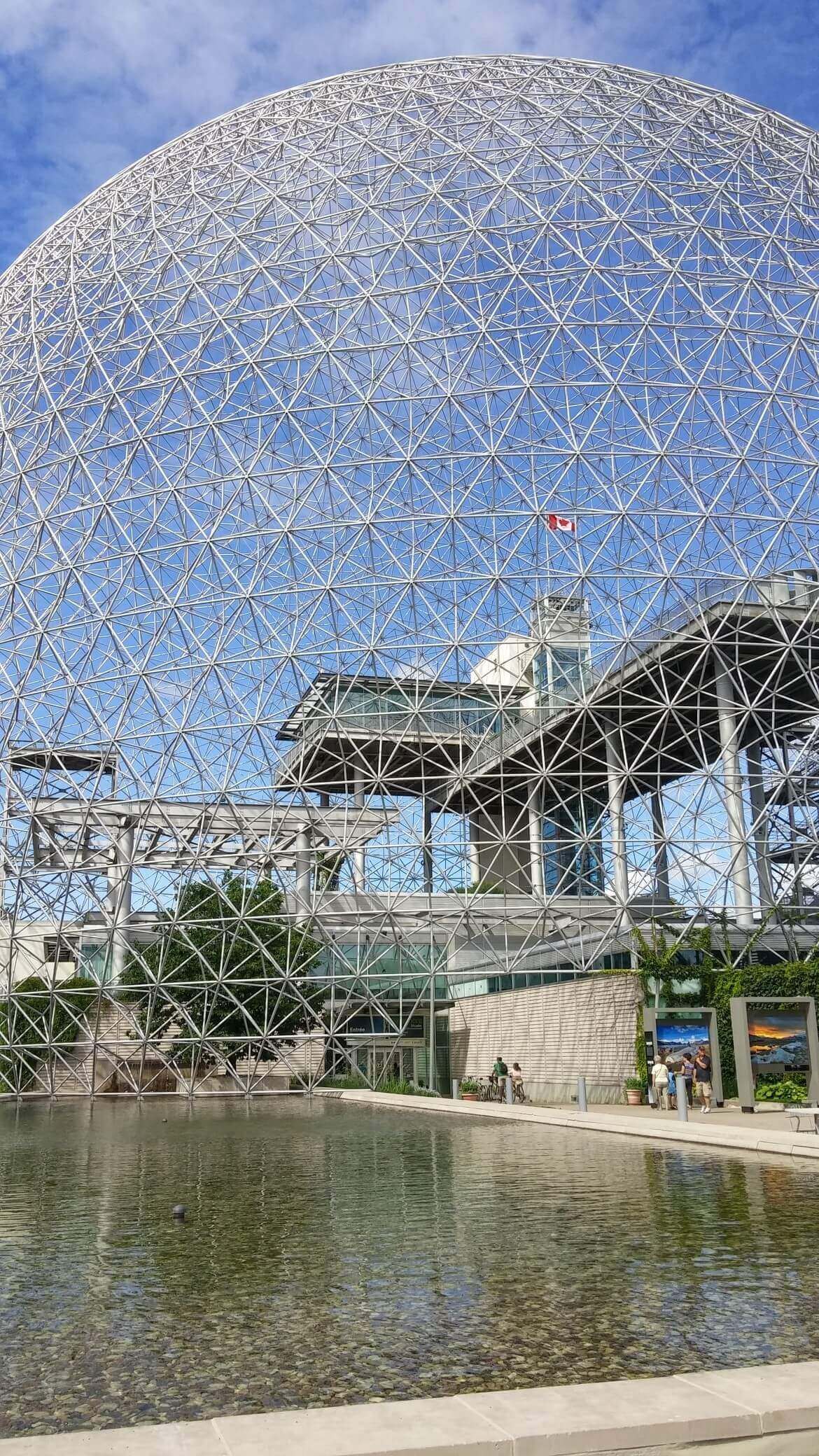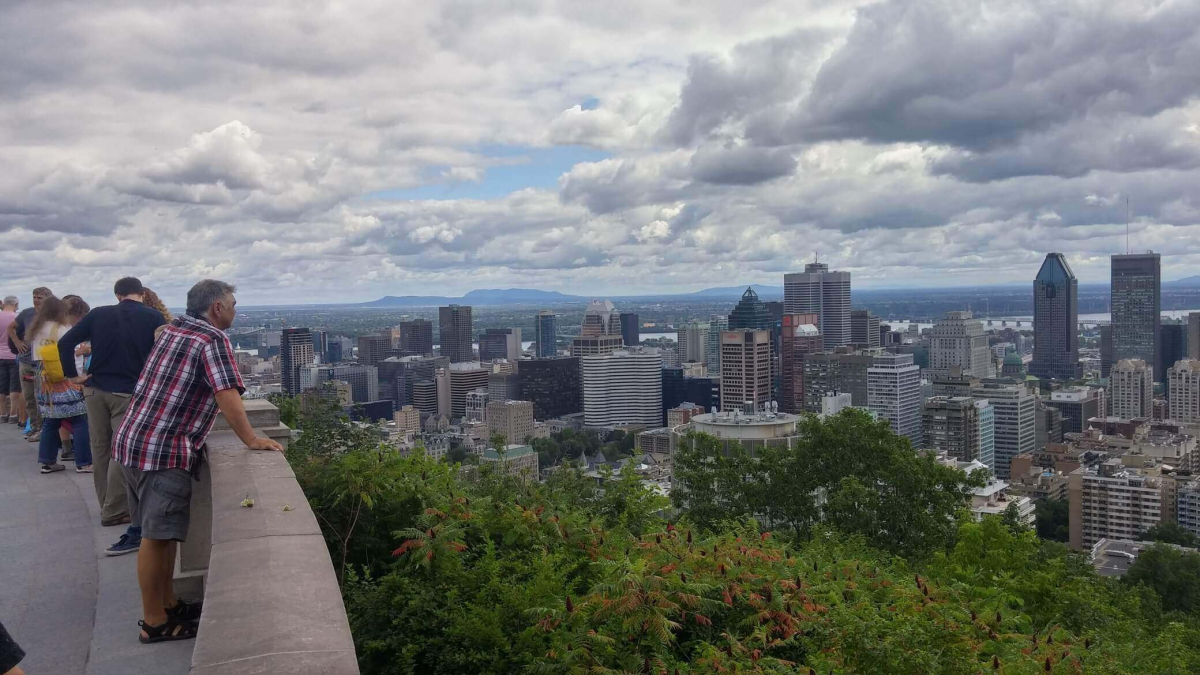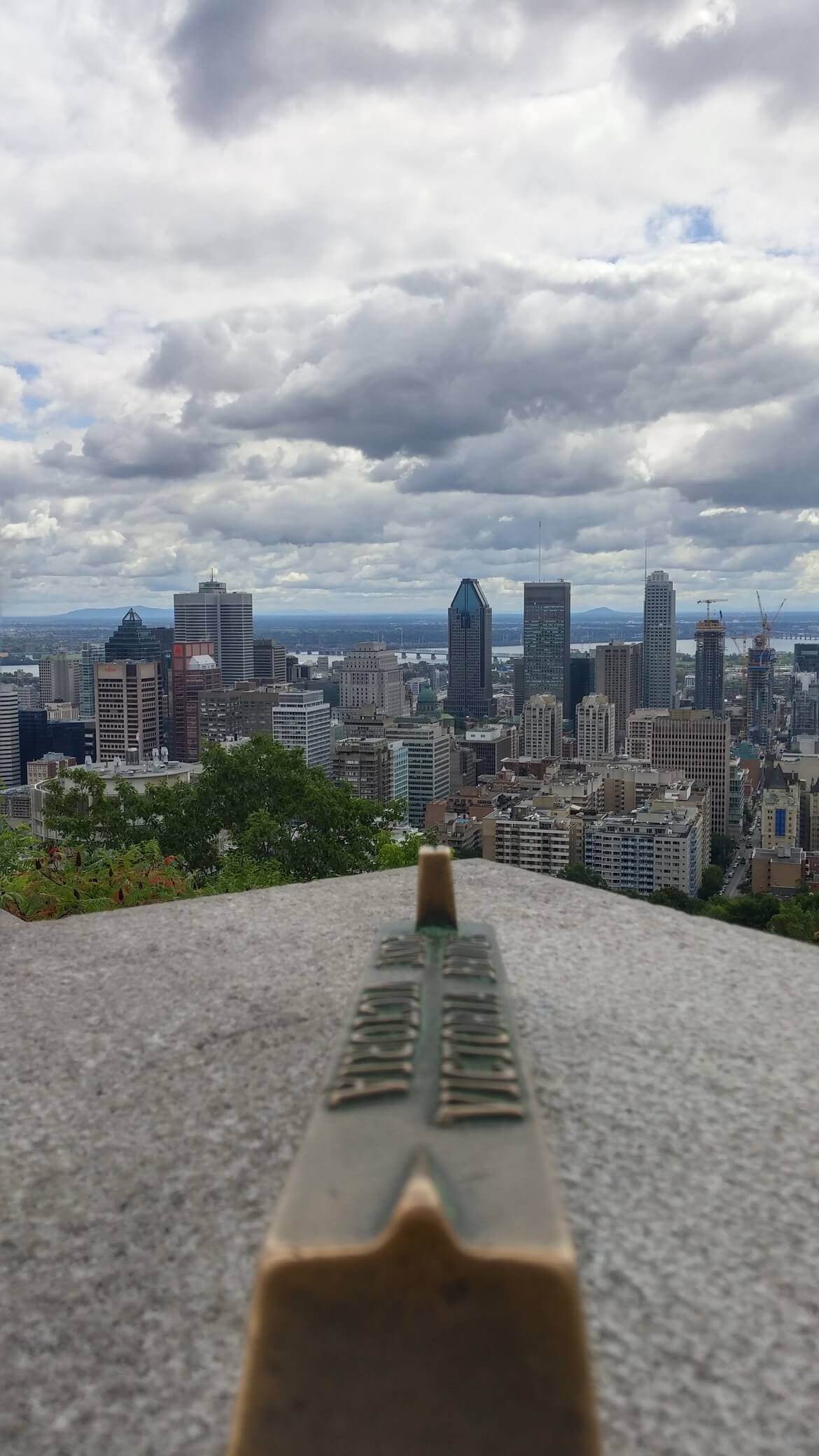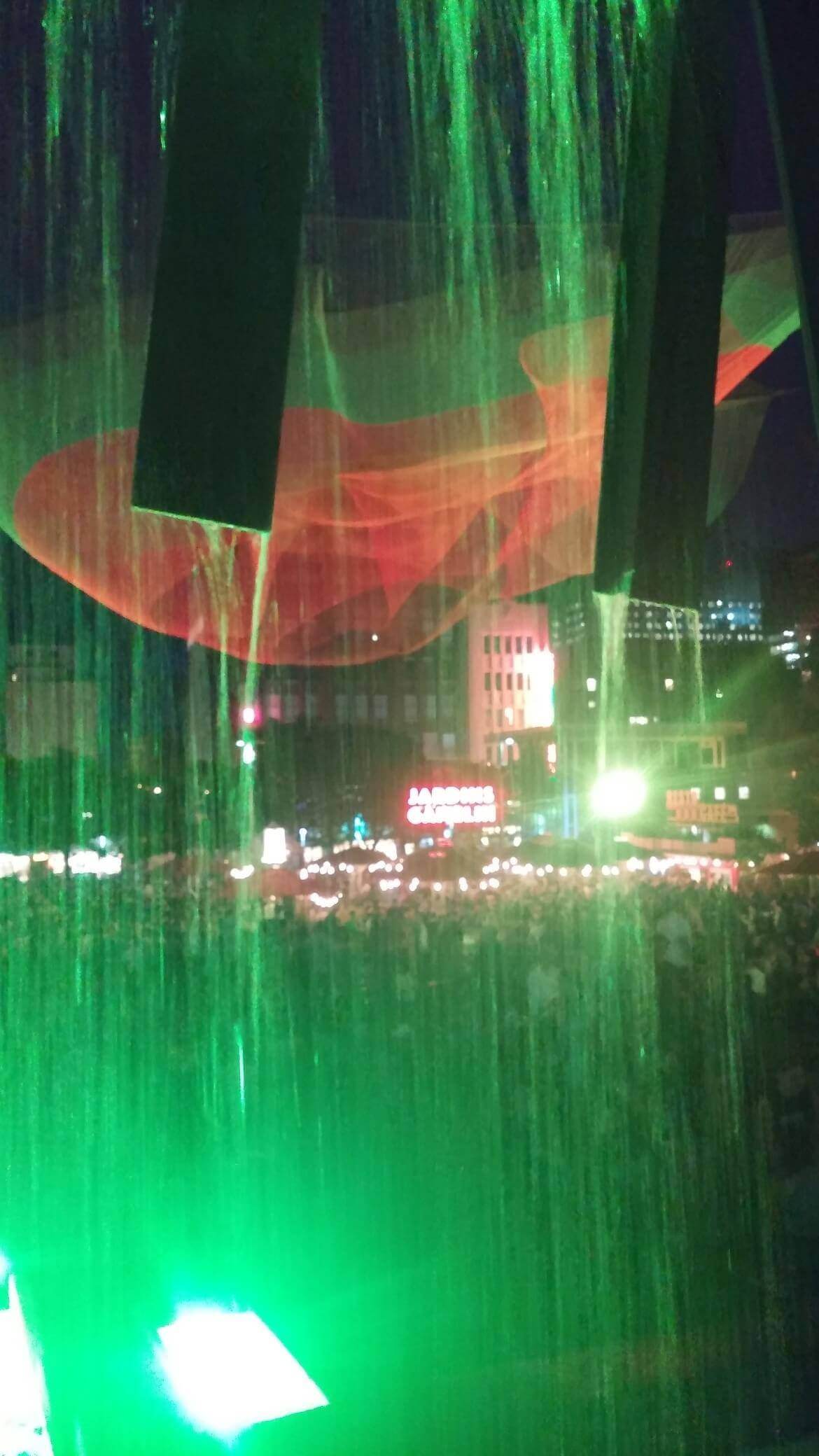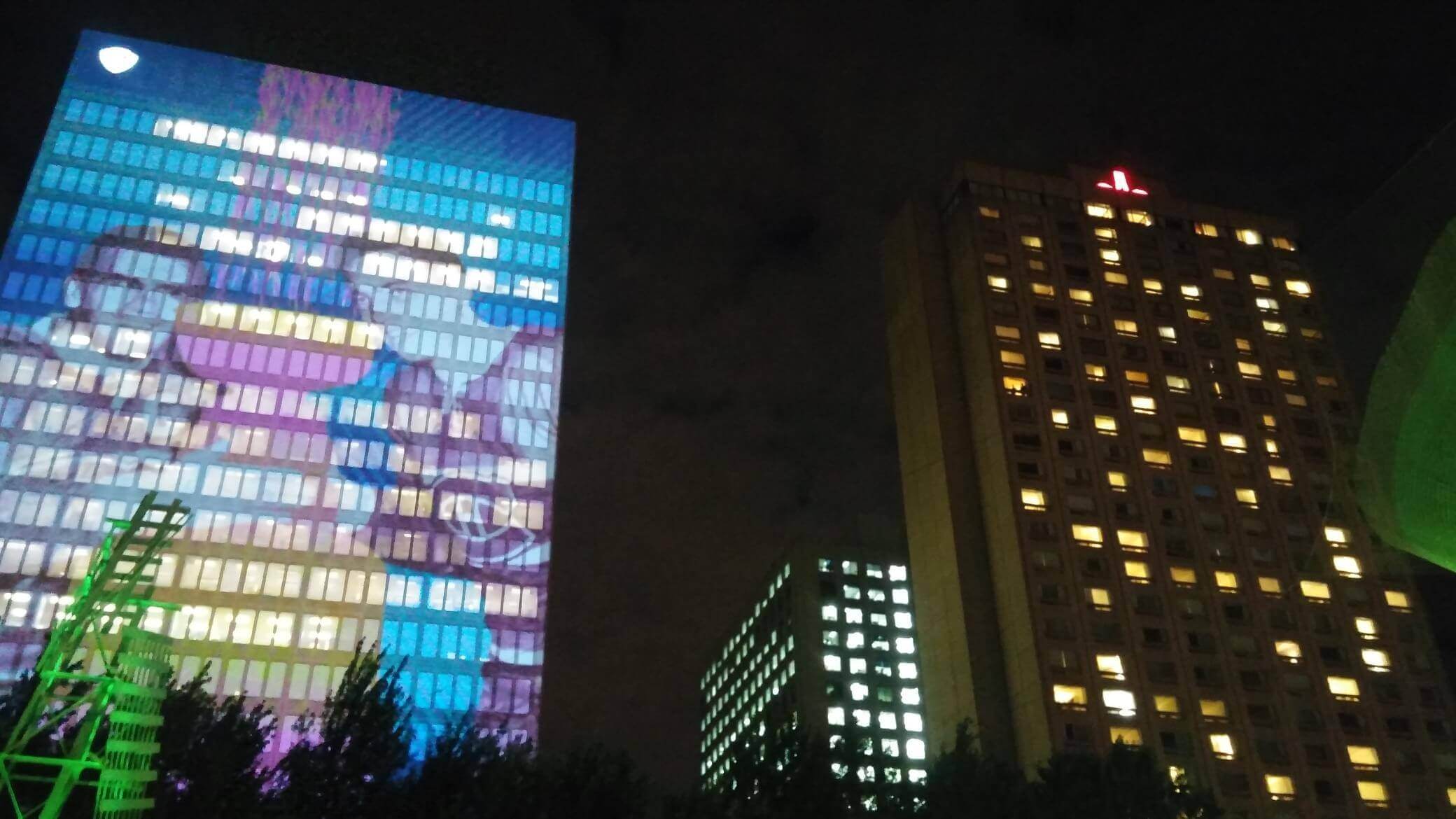I’d always heard nothing but praise about the city of Montreal. I simply never got around to visiting the place until now. 48 hours in this unique city, which is an eclectic mix of modern and historic, European and American, French and English, have confirmed to me that all that praise was on point. Aside from the appeal of the place itself, there’s an additional practical incentive to visit while the US dollar remains strong versus the Canadian dollar (1 USD to ~1.3 CAD at the time of this writing, so you basically get a 30% discount on everything, making it an affordable trip).
Getting There
Located just north of the border of New York and Vermont, Montreal is about 300 miles from Boston and 370 miles from New York City (5-6 hours driving, more like 6-8 hours counting breaks and the border crossing). This makes it an ideal long weekend getaway destination within range for a huge slice of people living in the Northeastern United States. For those living in New York City, there’s also the option of taking a daily Amtrak train that leaves at 8:15AM and arrives at 7PM in Montreal, with fares as cheap as $90 and frequent sales. There are also bus routes linking Boston, New York City, and Montreal (including cheap options like Megabus). We were driving up from Portland, Maine, which took about 7 hours in total.
Where to Stay
We stayed at a hostel called Montreal Central, located just a couple minutes walking from the Berri/UQAM Metro Station. The location was incredible, minutes away from most of the major attractions in the center of the city. The rates were an extraordinary value: for $40 US a night, we got a private double room that was well-appointed, clean, came with a jacuzzi bathtub, mini-fridge, and microwave. If you’re going solo, the mixed or single-gender dorm-style 6-bed or 8-bed rooms start at as cheap as $20 CAD ($15 US) a night. There are plenty of hostels scattered across the city, many of them also very centrally located, and the rates are comparable across the board, as a quick search on Hostelworld will reveal.
Getting Around Town
If you drive in, parking isn’t the easiest thing to deal with. Free street parking is out there, if you’re willing to look for it and can work your way around some French street signs. Almost everything downtown is metered, so you’ll need to go into the residential areas, but then you need to negotiate finding a spot that doesn’t require a residential permit and also doesn’t have some parking restrictions on the days you’re there.
If you’re there during a stretch of good weather, biking is an excellent option. We actually brought our own bikes, but there’s also an inexpensive and extensive bikeshare network (BIXI), with dozens of stations all around a huge chunk of the island. A 24-hour rental costs $5 CAD, and 72-hours runs you $12 CAD, cheaper than New York City for sure.
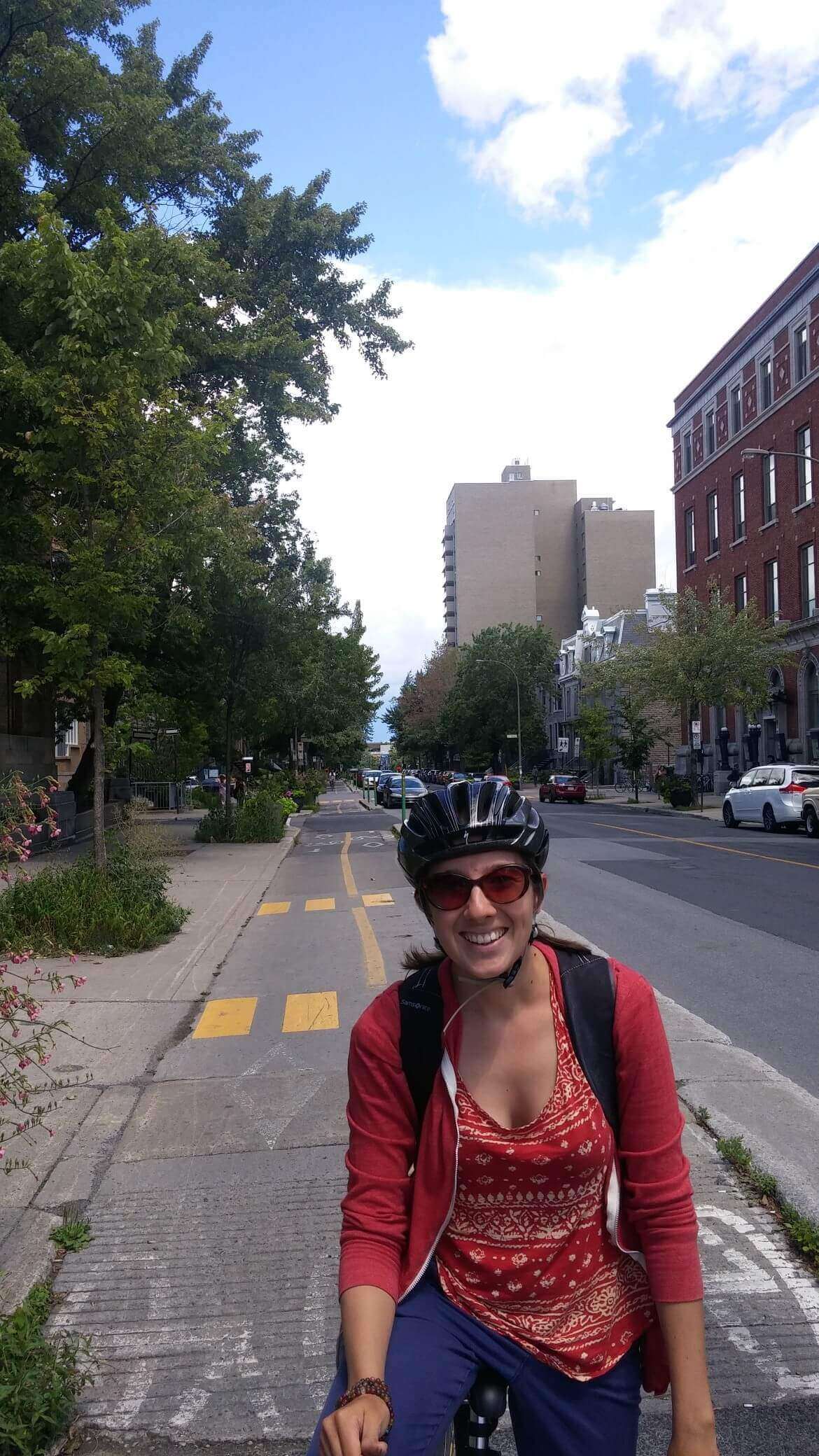
The Montreal Metro runs you $3 CAD one-way, $6 CAD for a roundtrip, and you can get other types of passes as well. The network is pretty decent, and is also known for its unique station designs and artwork. However, the system’s rolling stock and some of the stations do have a dated feel, given that some of the trains are as old as the system itself (built in 1966). The cars are not air-conditioned either, though this generally isn’t an issue since it doesn’t get really hot in Montreal.
Attractions
Even with only 48 hours in the city, we were able to squeeze in a good amount of sightseeing without feeling overwhelmed. The bikes helped a lot, I’d highly recommend it.
Montreal is well-known for its churches, and you’ll notice steeples dotting the cityscape all over. Chief among these churches is the Basilicque Notre-Dame, located in the heart of Old Montreal (Vieux Montreal), $5 CAD admission fee.
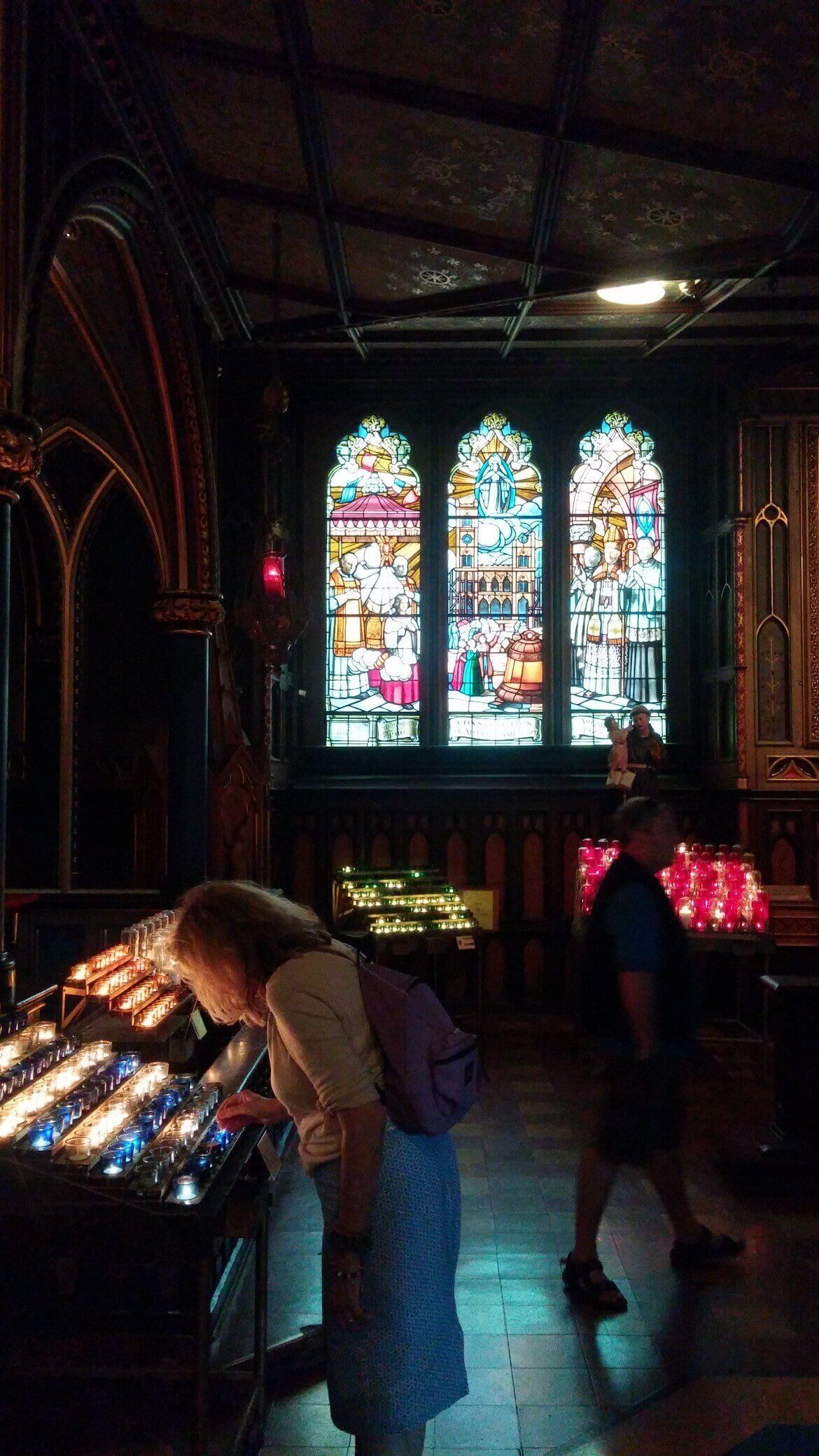
I was floored by the elaborate and vividly colored interior of the cathedral. It certainly stood out to me in contrast to other catholic cathedrals that I’ve seen, most of which are drab in comparison.
Another noteworthy church is the massive Saint-Joseph Oratory of Mount Royal located in the neighborhood south of Mont Royal Park. This church boasts the third-largest dome of its type in the world, after St. Peter’s Basilica itself. It is a major Catholic pilgrimage site.
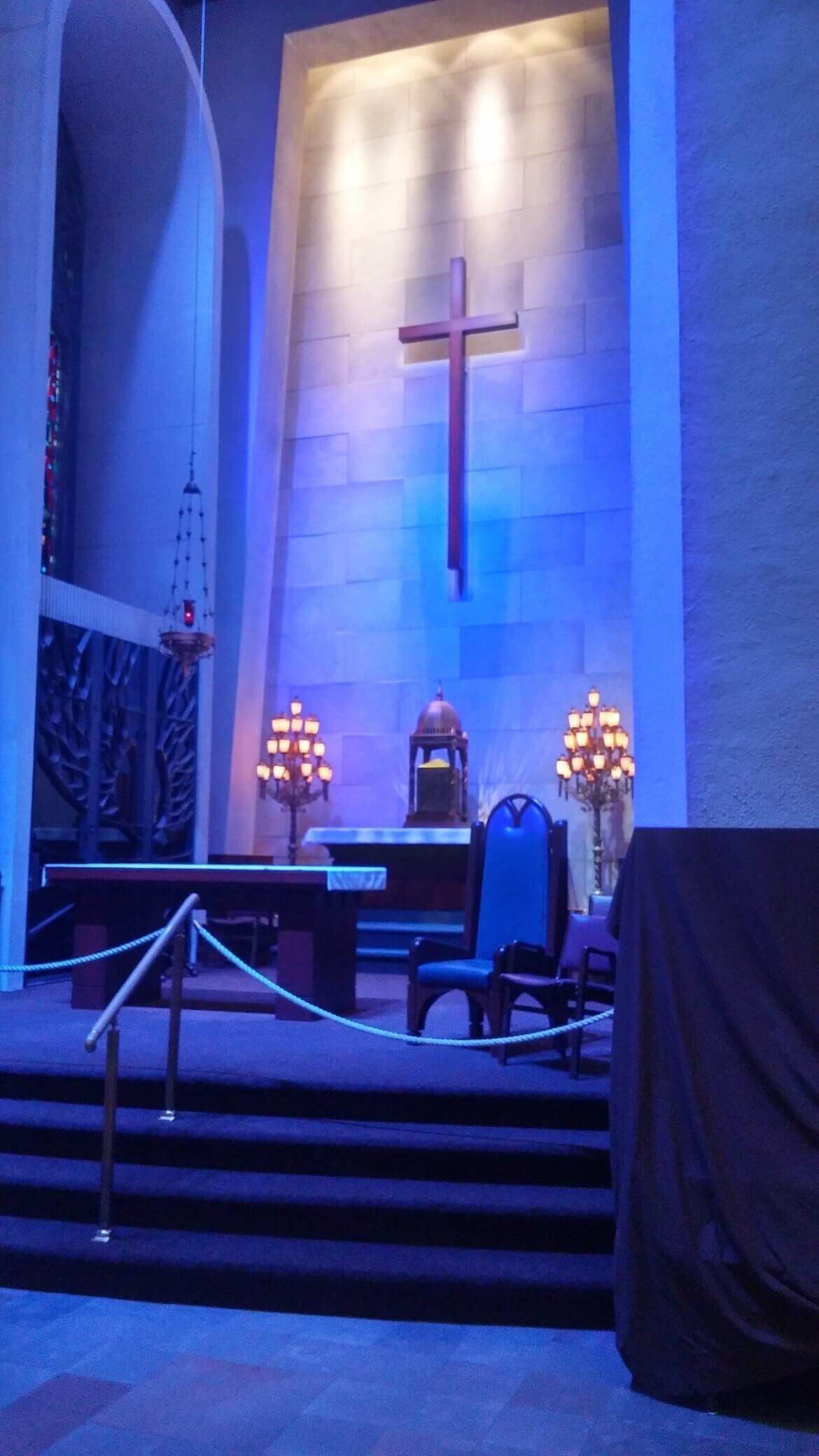
Next up on the list of attractions is a walk through Vieux Montreal (Old Montreal), the quarter containing some of the oldest structures/streets in the city. There are original streets and buildings that date back to the 17th century (Montreal was settled as early as 1605, and incorporated in 1642), but many of the buildings have also been restored. Regardless, strolling the district truly gives you a feeling of walking the streets of an Old World European city. In addition to a blend of modern and historic, there’s a third vibe in Montreal that is inherited from its heydays in the late 1960s to mid-1970s when it hosted Expo 67 and the 1976 Summer Olympics. One complaint from Montrealers is that it seems the city has in many respects not really moved on past this era. But anyway, in terms of more modern attractions, you have a your pick of interesting sights. Among those sights is the Montreal Botanical Gardens, $19.50 CAD admission. These gardens are sprawling and vast, containing several different styles of gardens within. We spent an entire morning wandering around and still only saw about half of what was there. We did a bike loop around the waterfront (see route below) that allowed us to see some more intriguing landmarks around the city. If you walk around the backside of Habitat 67, you find a curiosity that beckons to surfers and kayakers in the city: the Habitat 67 standing wave. The wave remains stationary, never changing position regardless of the time of year, due to the fact that it is actually a rapid created by a large rock formation below the surface of the waters of the St. Lawrence River. In fact, a large part of the reason for Montreal’s growth as a trading post and city was due to the Lachine Rapids nearby, which presented a navigational obstacle to early shipping. Cargo was portaged around the rapids via the city until the construction of the Lachine Canal. And of course, no visit to Montreal is complete without seeing the magnificent views of the entire city from the summit of Mont Royal (from which the city derives its name), at the Chalet du Mont Royal. There is actually a height restriction on all buildings in the city limiting them to no more than 200m, which is the height of Mont Royal. Rue St.-Catherine and Boulevard St.-Laurent both have long stretches of bars and places to eat. Rue St.-Catherine has a section that’s entirely closed off to cars for a big chunk of the day also. Music: Le Divan Orange, Les Bobards, The Rockette, Casa del Popolo, Foufunes Electriques Le Plateau neighborhood is known as an artsy, hip place, and it also features some food institutions noted by Montrealers like Schwart’s Deli, and St-Viateur Bagel. Allegedly, the bagels rival (if not surpass, according to some) those of NYC itself. Here’s an example of one of many free concerts in the city: - At time of posting in Montreal, it was n/a -
Humidity: n/a | Wind Speed: n/a | Cloud Cover: n/a 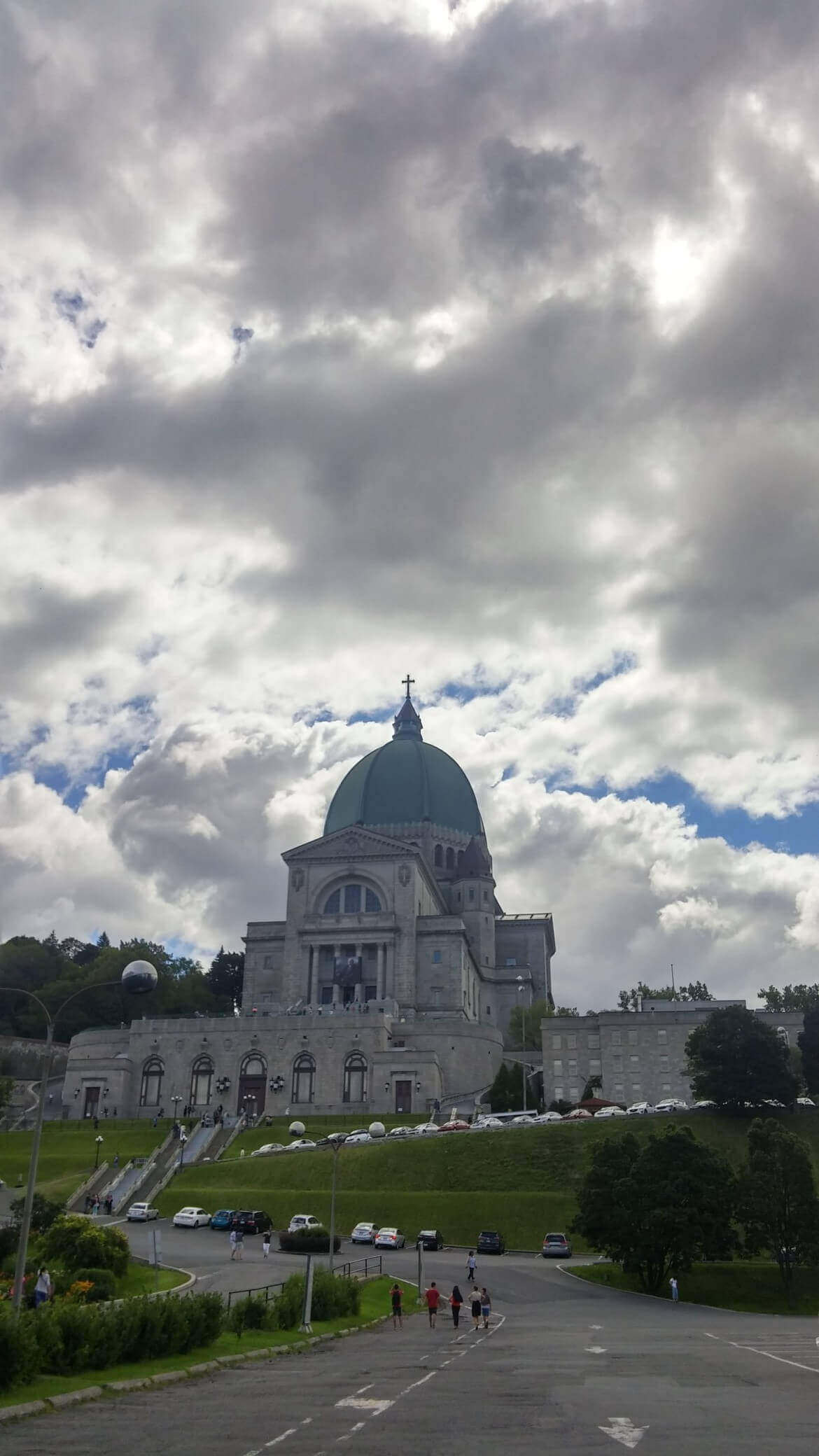
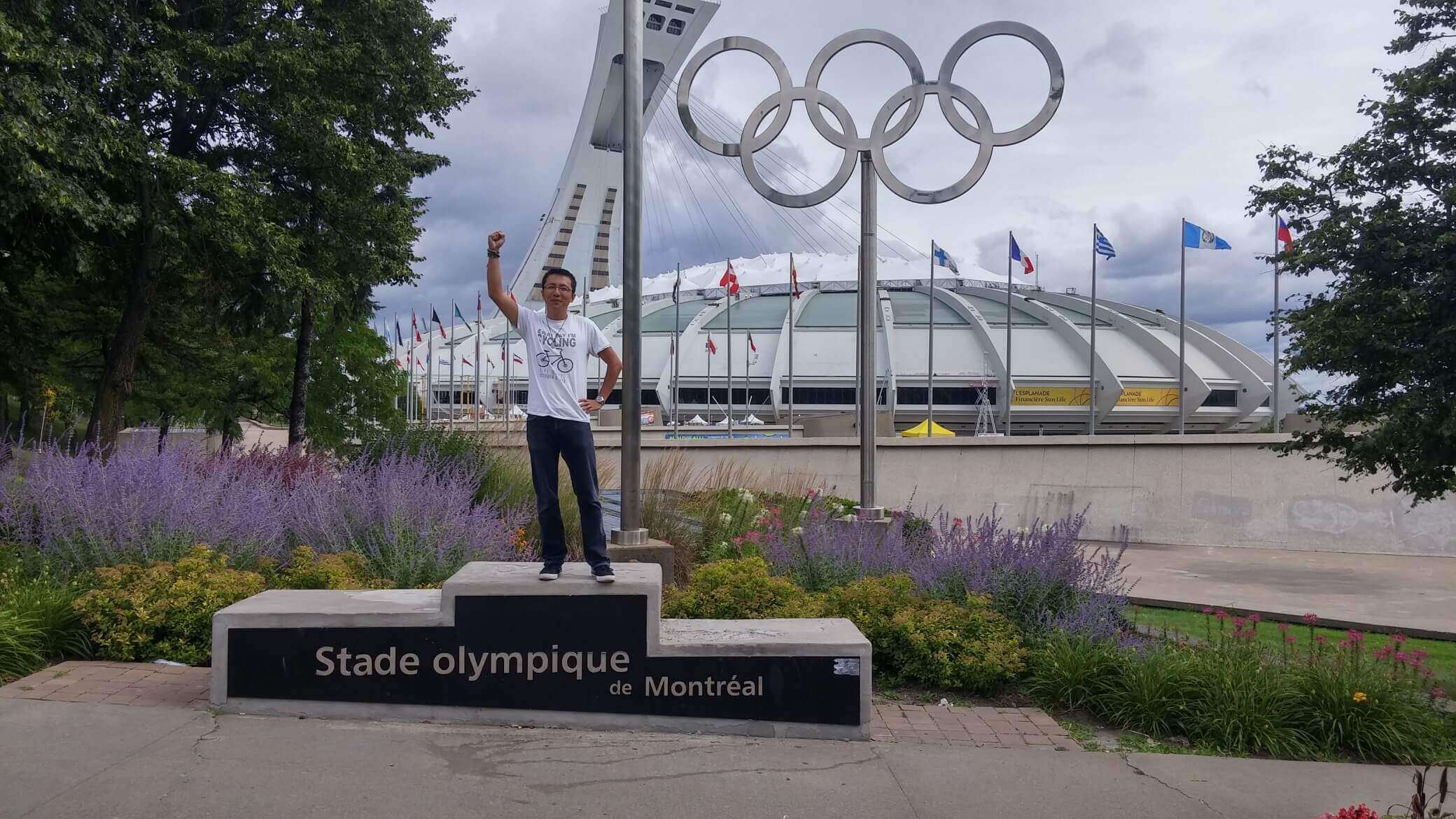
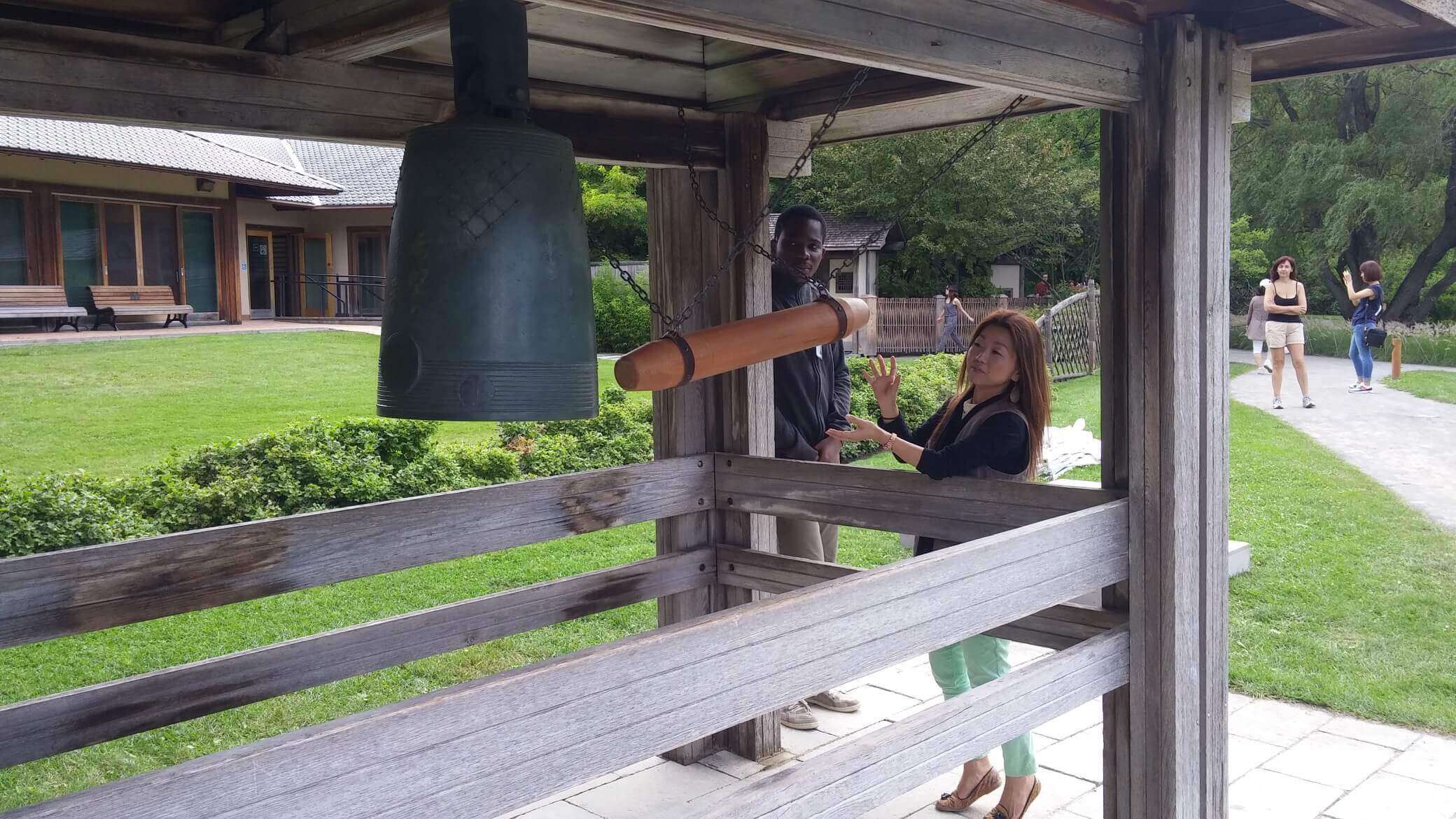
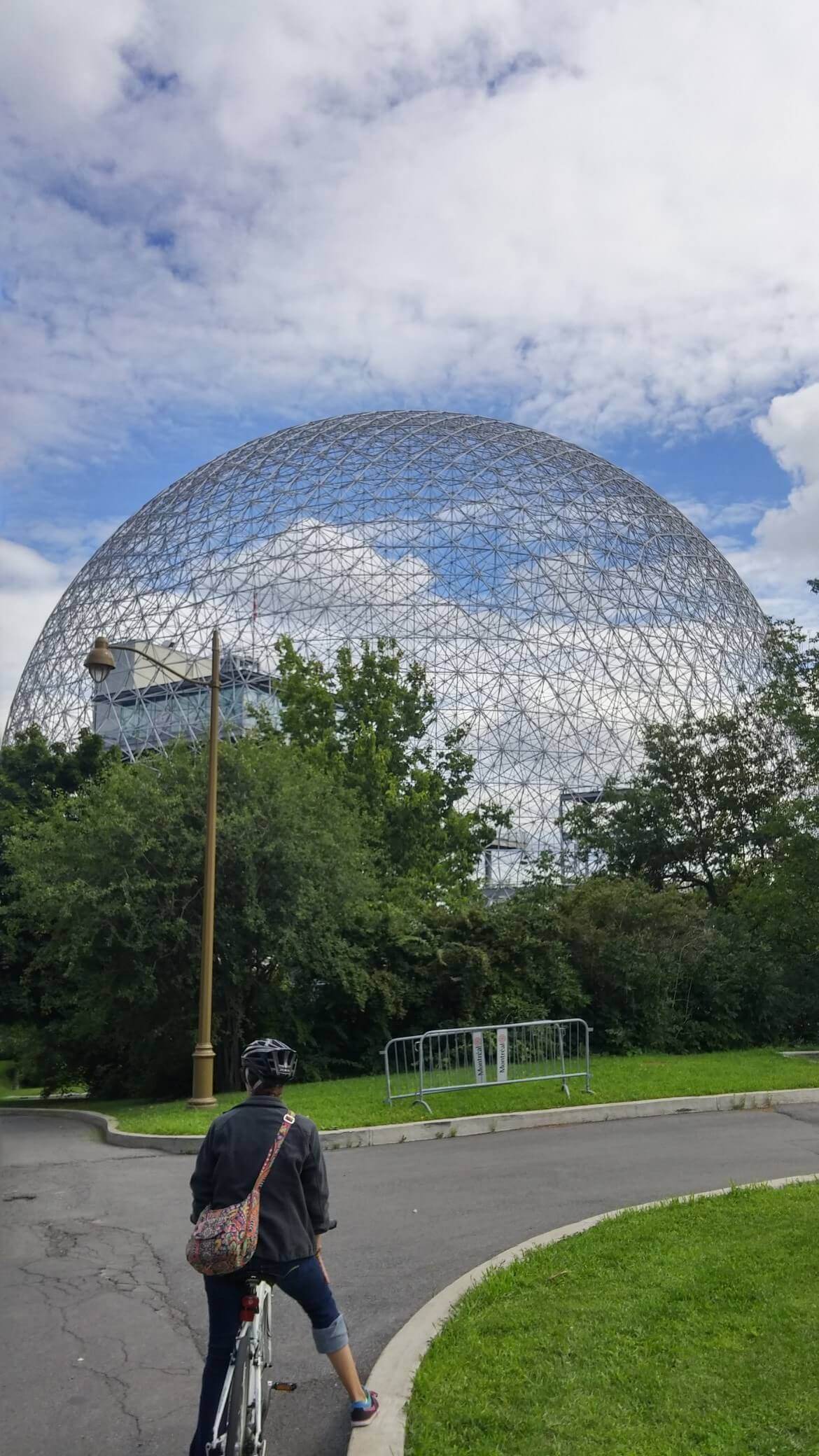
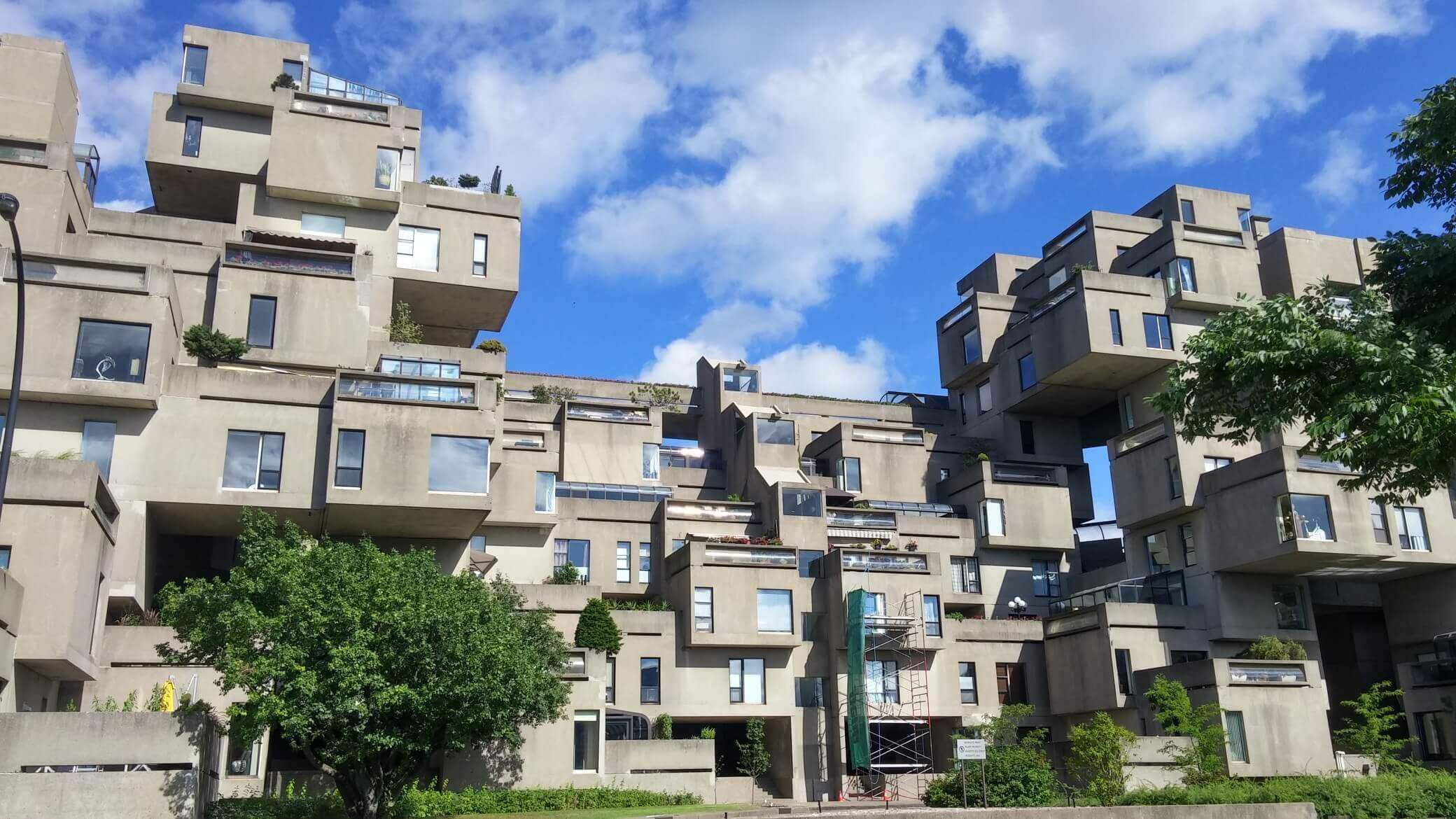
Nightlife
![]()

